- Sublime ride and handling
- Zingy petrol engine
- One of the best gearboxes on the market
- Intimate cabin and no digital speedo
- Starting to get expensive
- Flat and small seats - where are the overseas Recaros?
Question: what’s the best-selling sports car of all time? Answer: the Mazda MX-5. No, not classic British sports cars like the MGB, but the Japanese take on the classic rear-wheel drive convertible sports car recipe. Over one million MX-5s have been sold since it was revealed in 1989 and it’s proof that left-field cars can still sell quite well. Does the 2023 Mazda MX-5 GT RS offer the same recipe? Let’s find out.
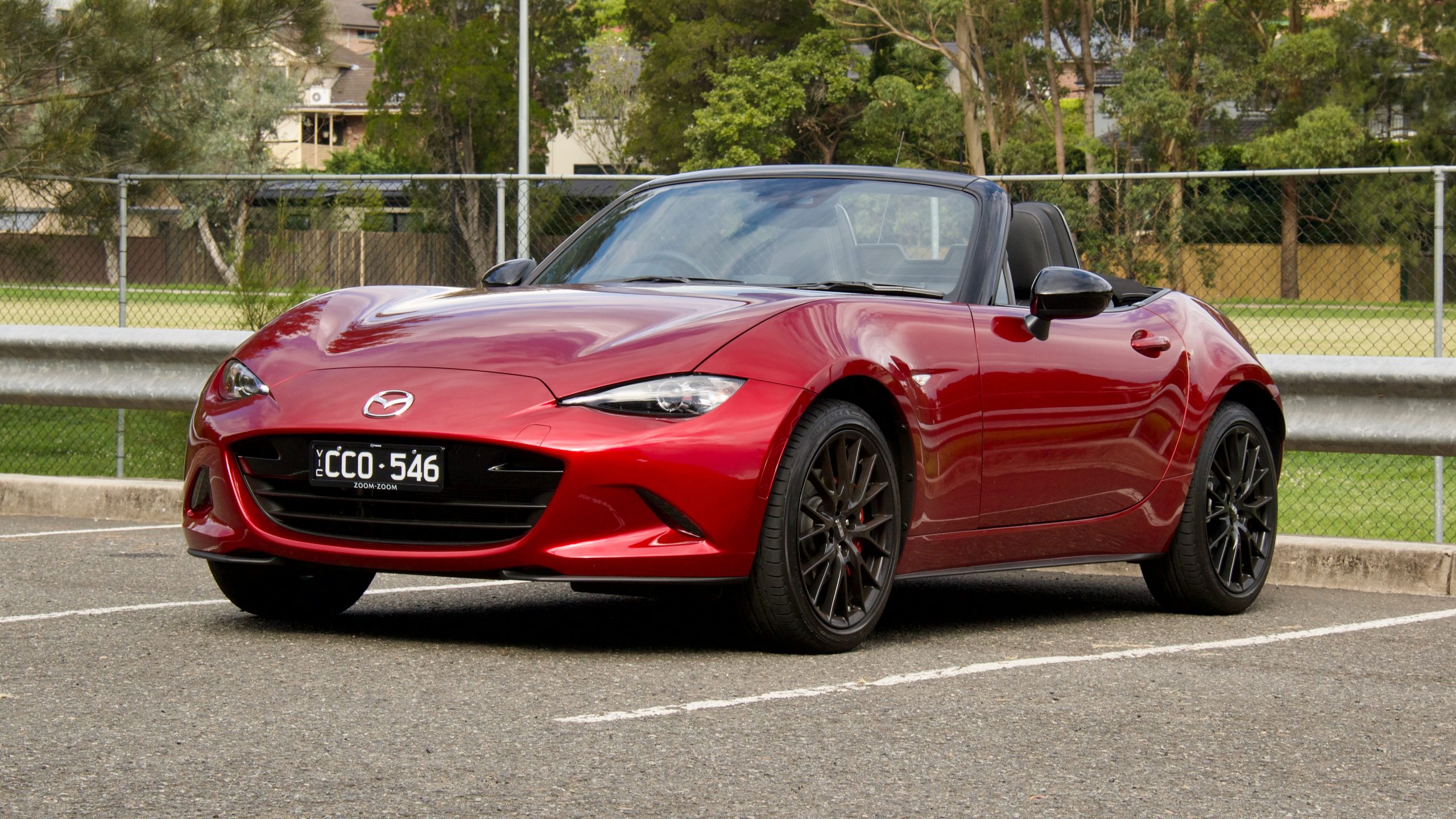
The current ‘ND’ generation of MX-5 uses the same front-engined rear-wheel drive convertible layout as its predecessors, but thanks to the SUVification of the new car market, genuine competitors are unfortunately quite limited – there’s the Toyota GR86 and Subaru BRZ twins that employ the same rear-wheel drive layout and affordable pricing, but that’s largely it.
Price & Equipment: 7/10
While the 2023 Mazda MX-5 range is priced from $38,460 plus on-road costs (around $43,000 drive away), we tested the top-spec soft-top GT RS, which is priced at $48,090 plus on-road costs (or around $53,000 drive away) or around $10,000 more than the base model MX-5.
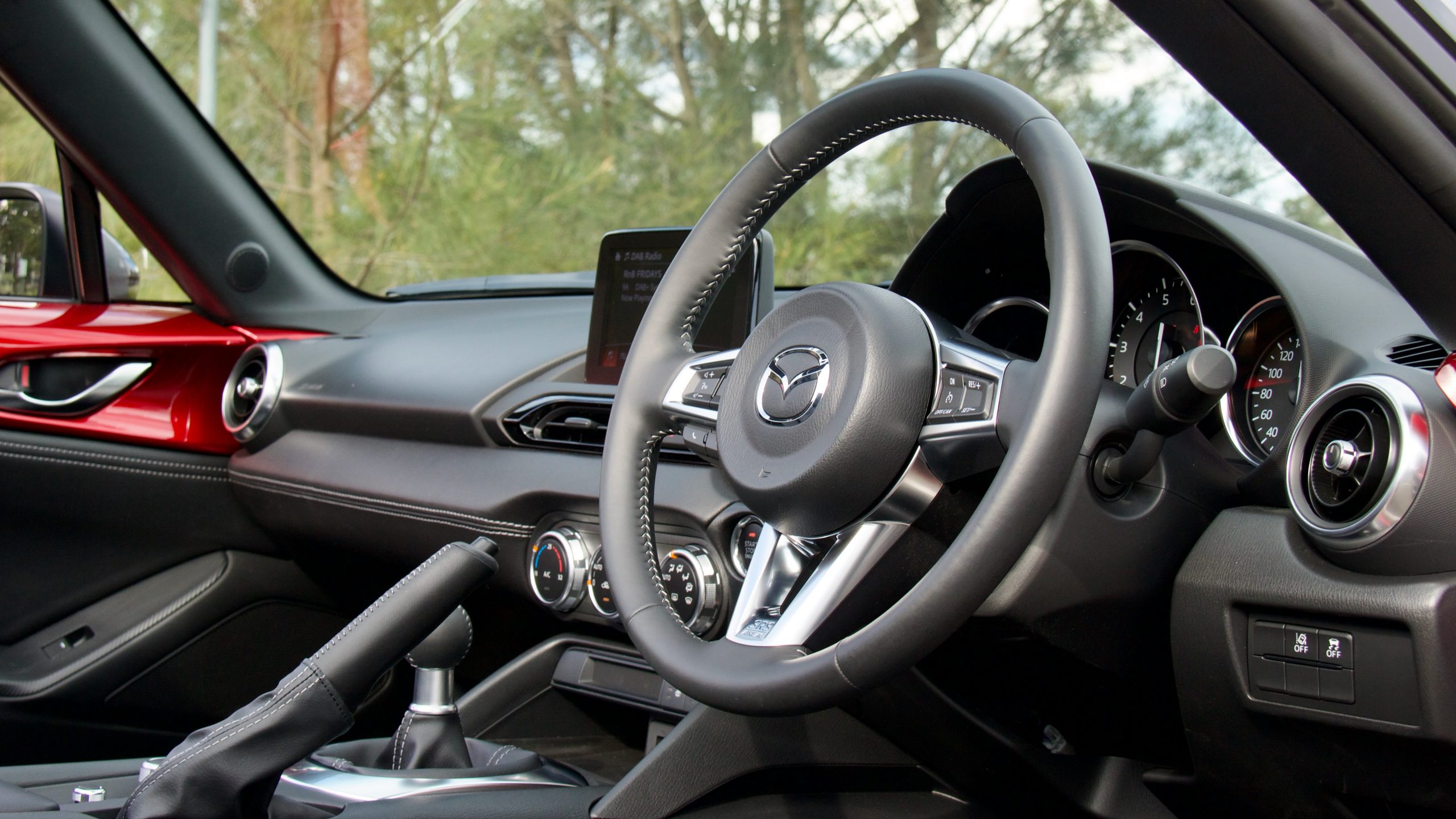
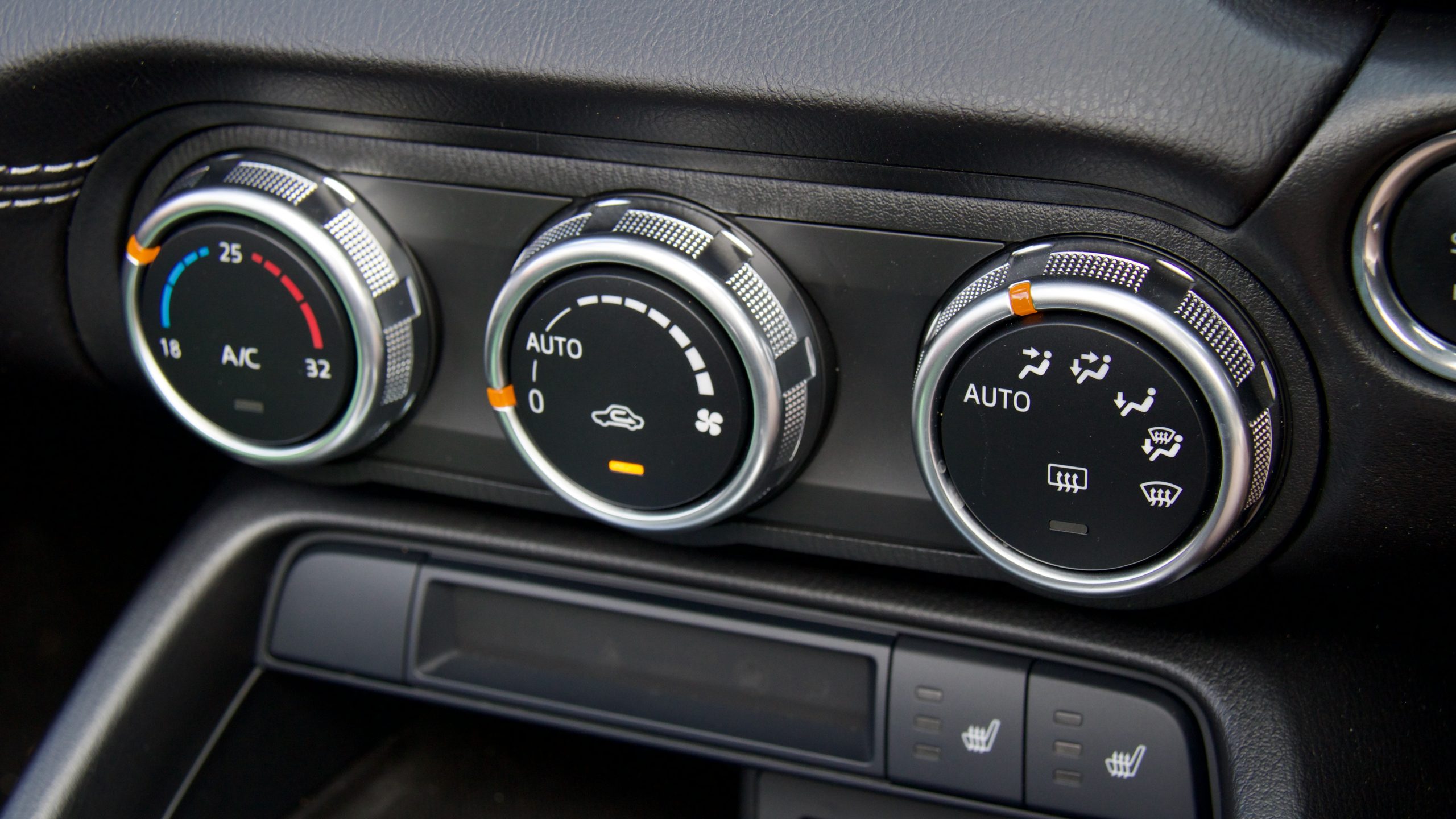
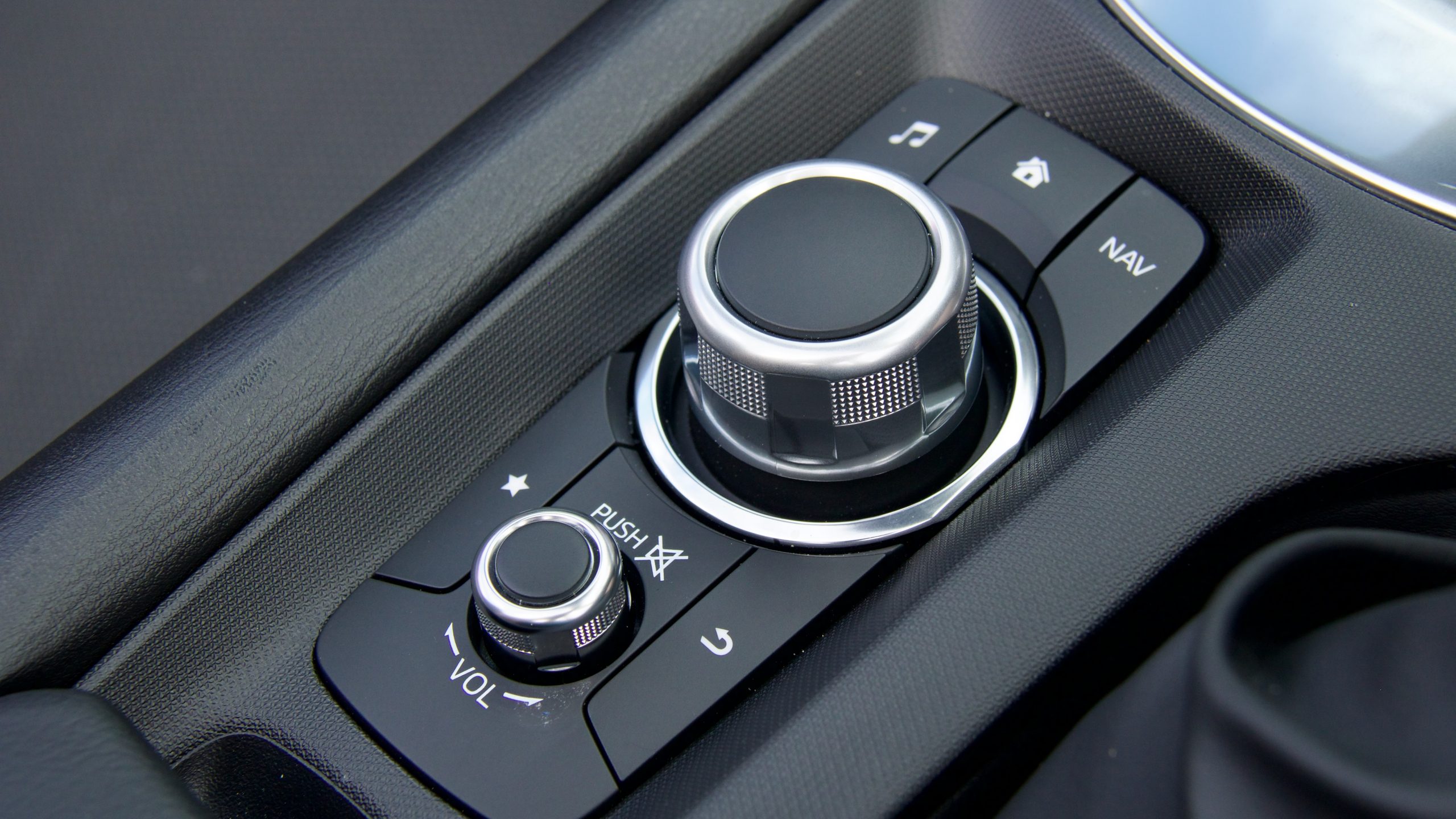
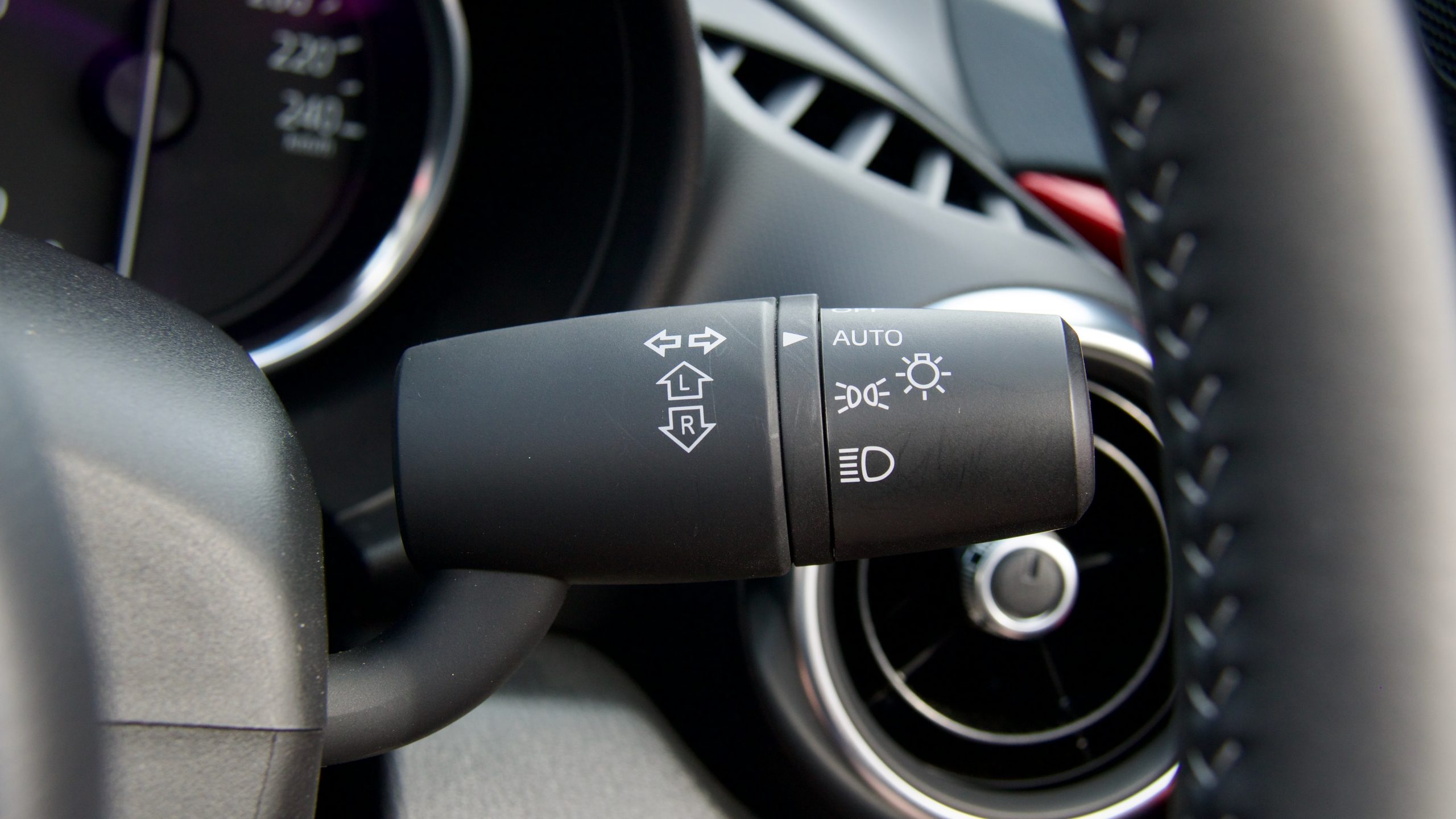
Standard equipment on the GT RS includes 17-inch alloy wheels, a limited-slip differential, automatic LED lighting with front and rear daytime running lights, automatic wipers, keyless entry and start, heated mirrors with gloss black mirror caps, single-zone climate control, leather upholstery, heated seats, a leather steering wheel, gearknob and hand brake, a 7.0-inch touchscreen with wireless Apple CarPlay, wired Android Auto, satellite navigation, digital radio, a nine-speaker Bose sound system, cruise control and an auto-dimming rear mirror.
GT RS-specific equipment includes BBS wheels, Bilstein dampers, Brembo front brakes, a front suspension tower strut brace and piano black mirror caps.
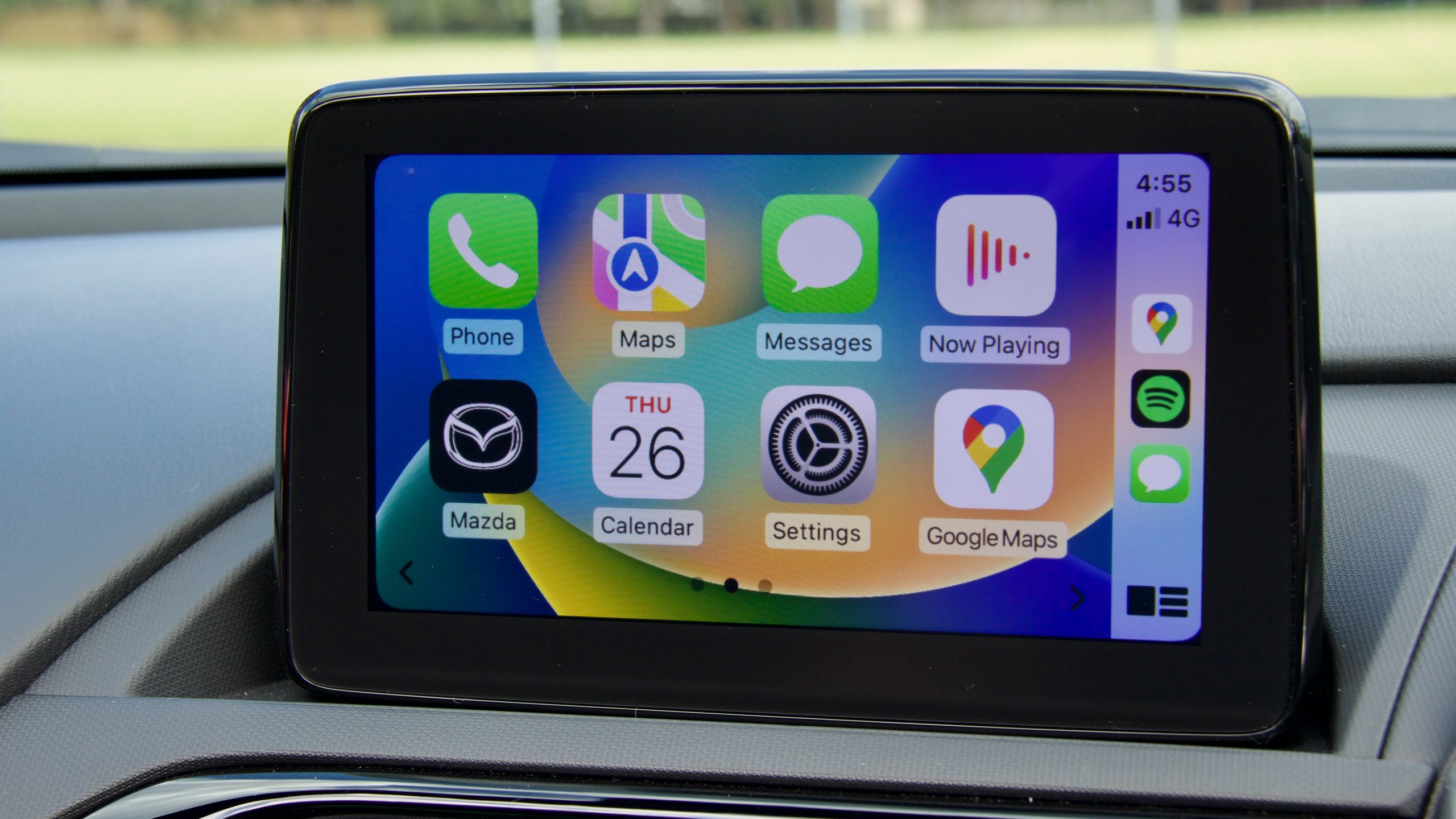
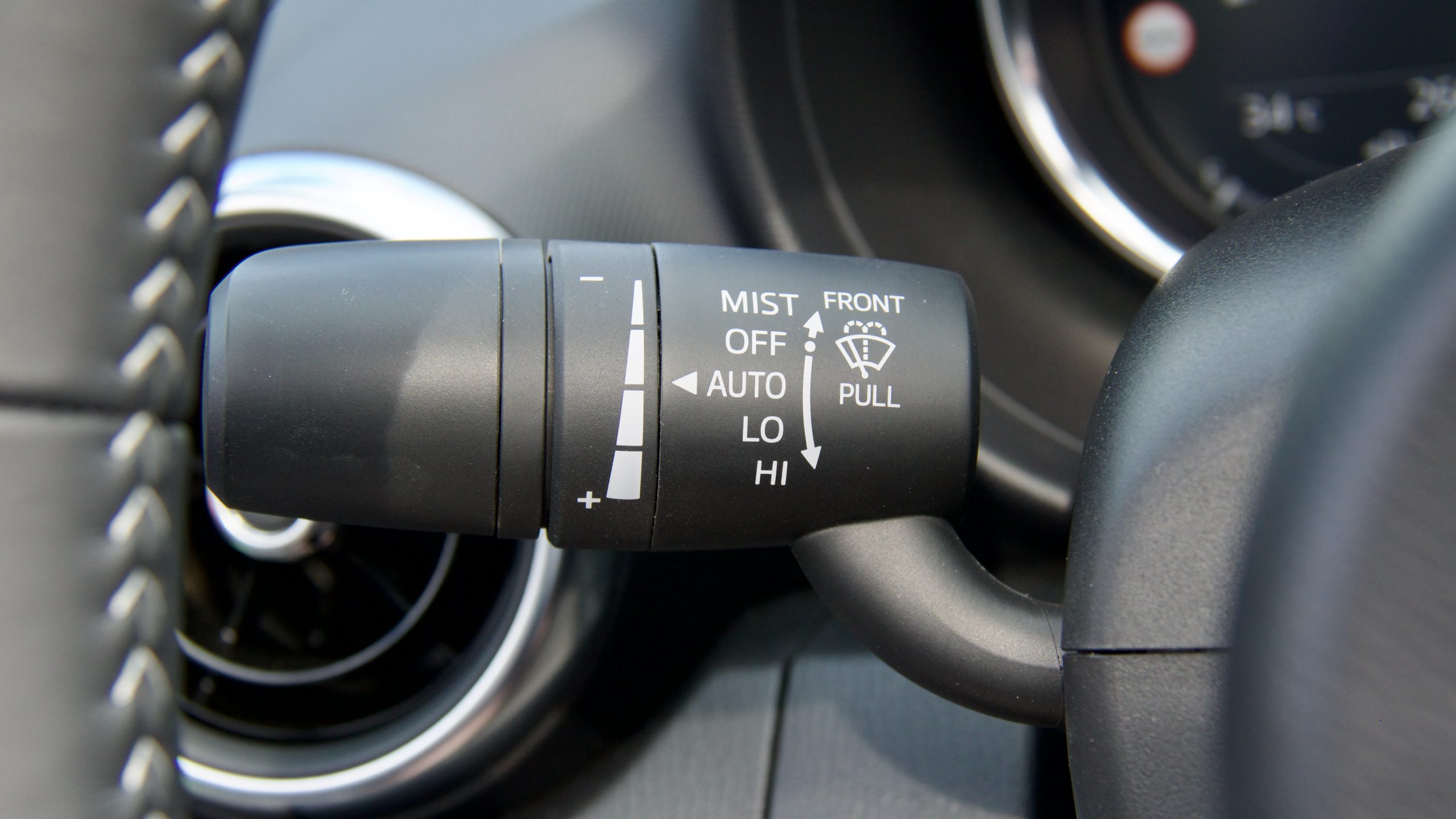
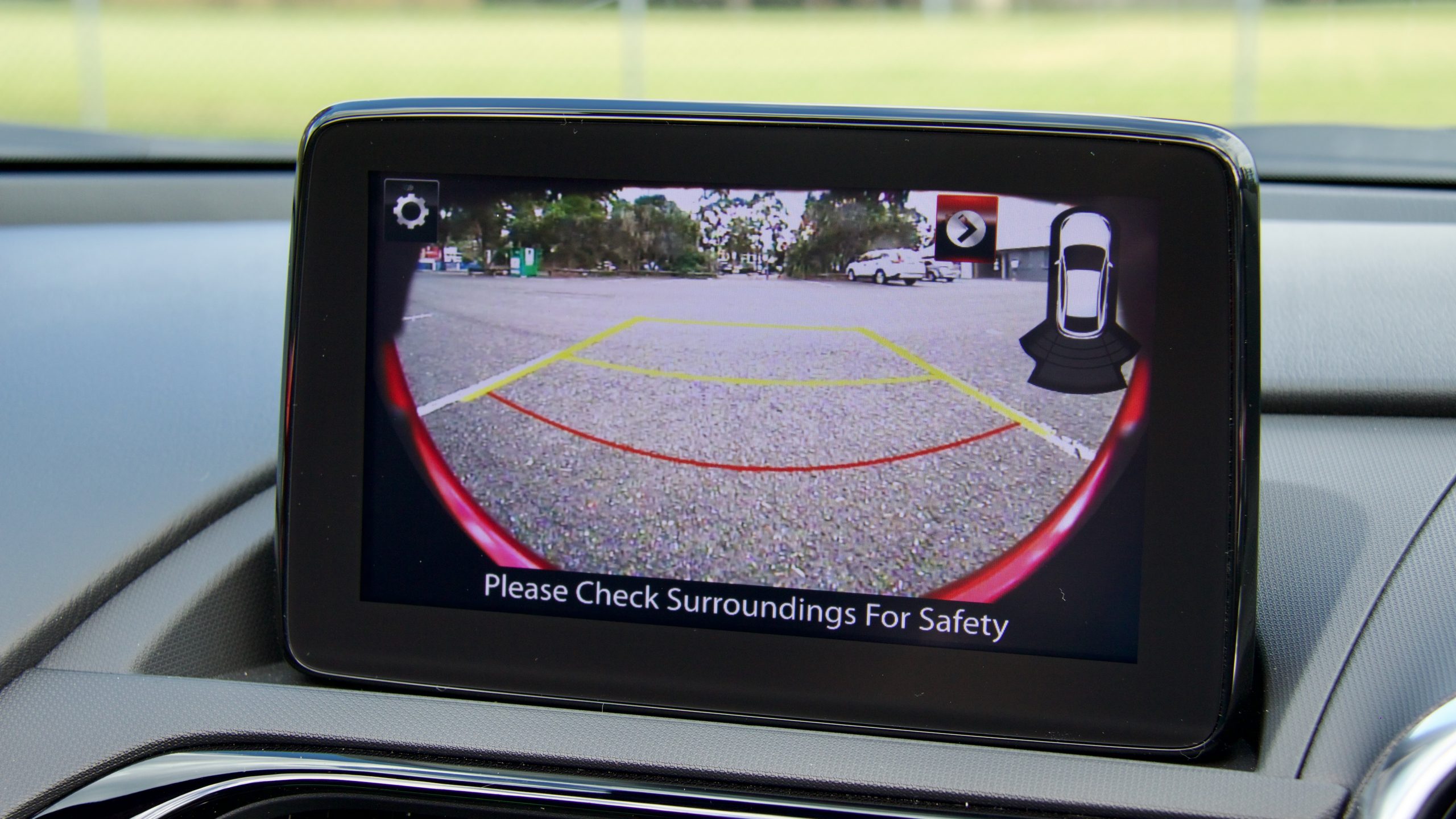
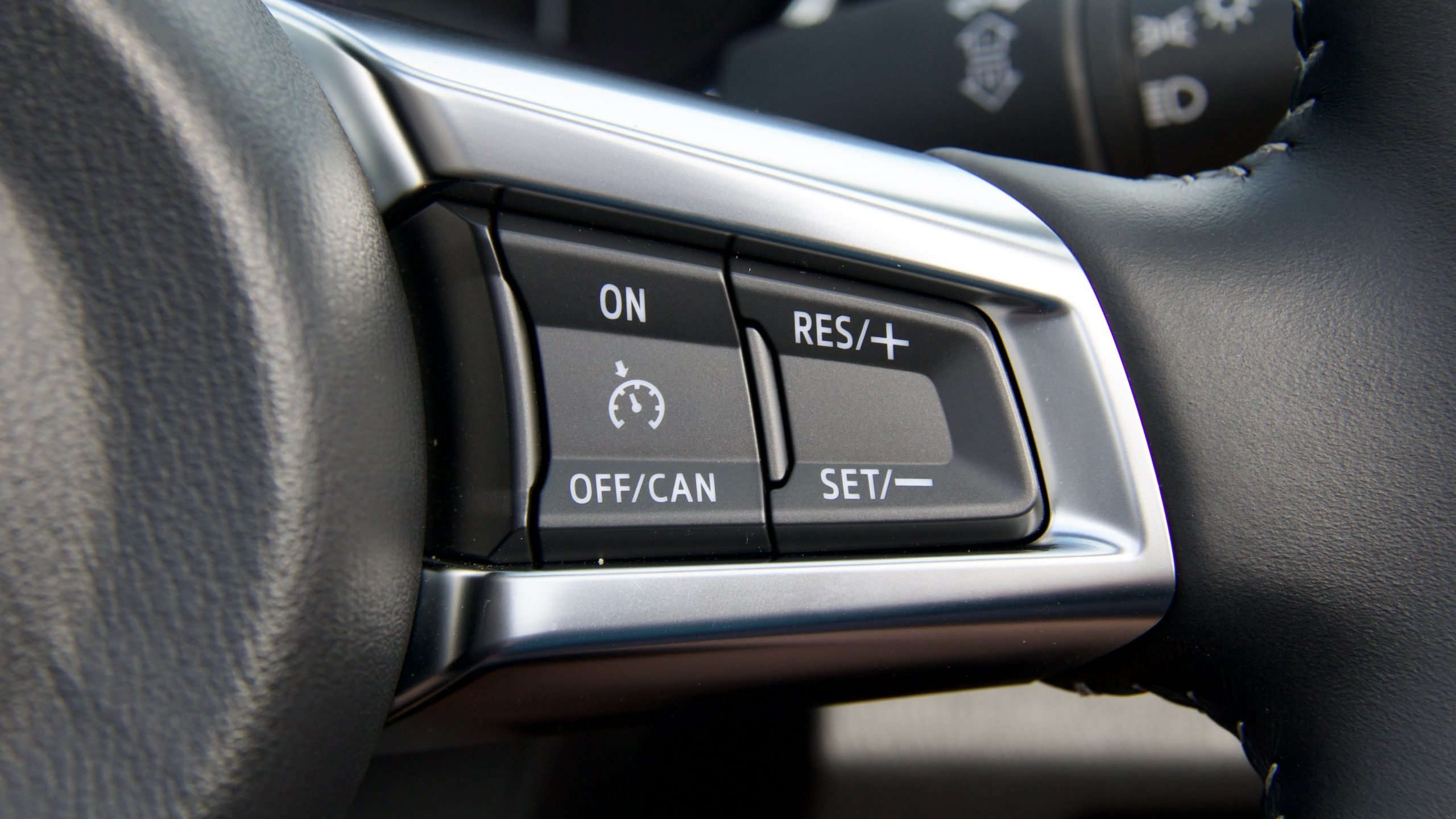
Safety kit includes four airbags, auto emergency braking (AEB), lane departure warning, blind-spot monitoring with rear cross-traffic alert, rear auto braking, Matrix adaptive high beam functionality, driver attention monitoring, traffic sign recognition, rear parking sensors and a reversing camera.
There are no options available for the MX-5 range, just colour choices. Standard colours on the GT RS include ‘Snowflake White’, ‘Deep Crystal Blue’, ‘Jet Black’ and ‘Platinum Quartz’ (gold) with ‘Machine Grey’, ‘Zircon Sand’ and our test car’s ‘Soul Red Crystal’ adding $595 to the price. On the GT RS, black leather is the only upholstery option (with door tops matching the exterior colour, so choose wisely).
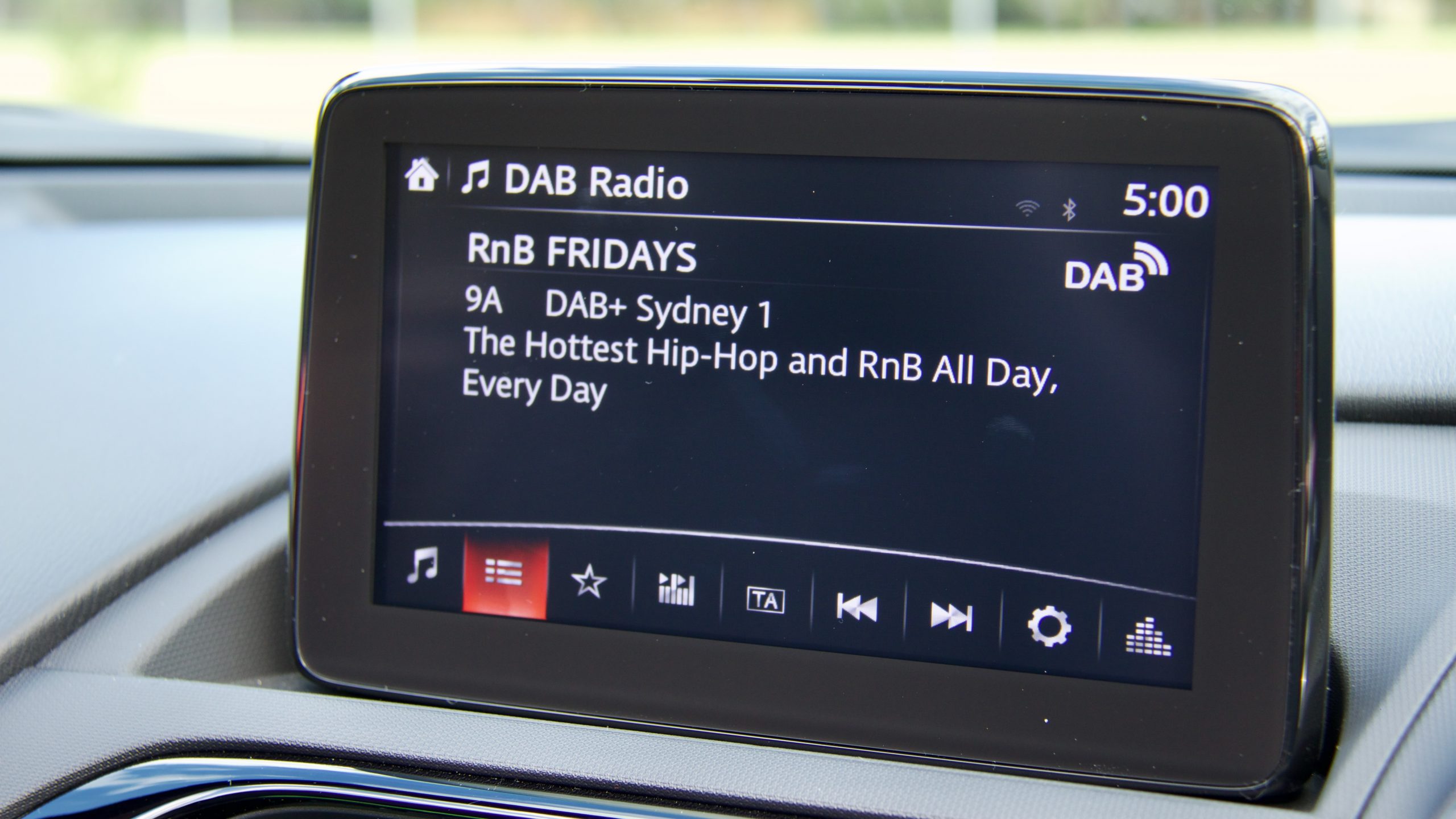
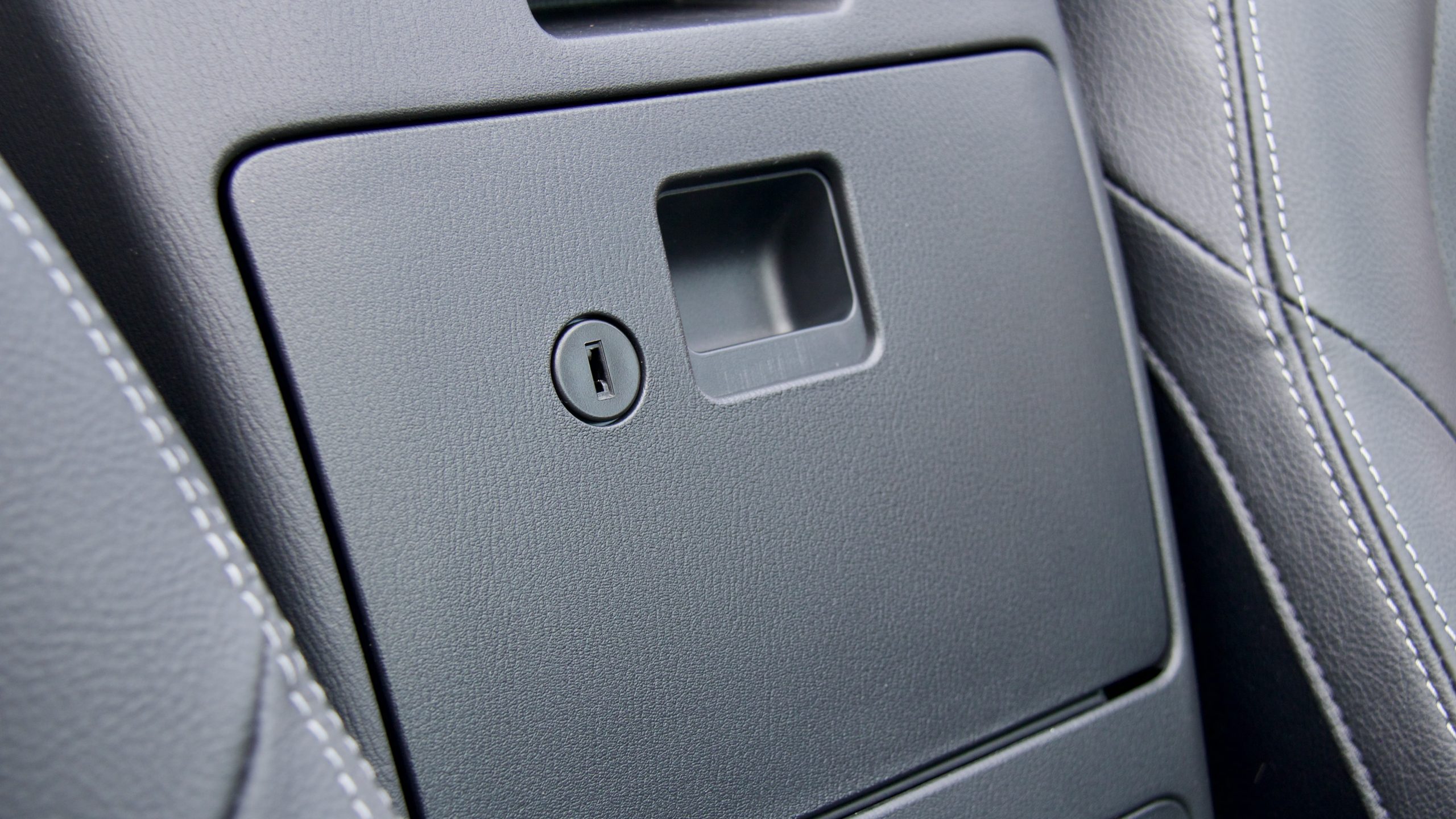
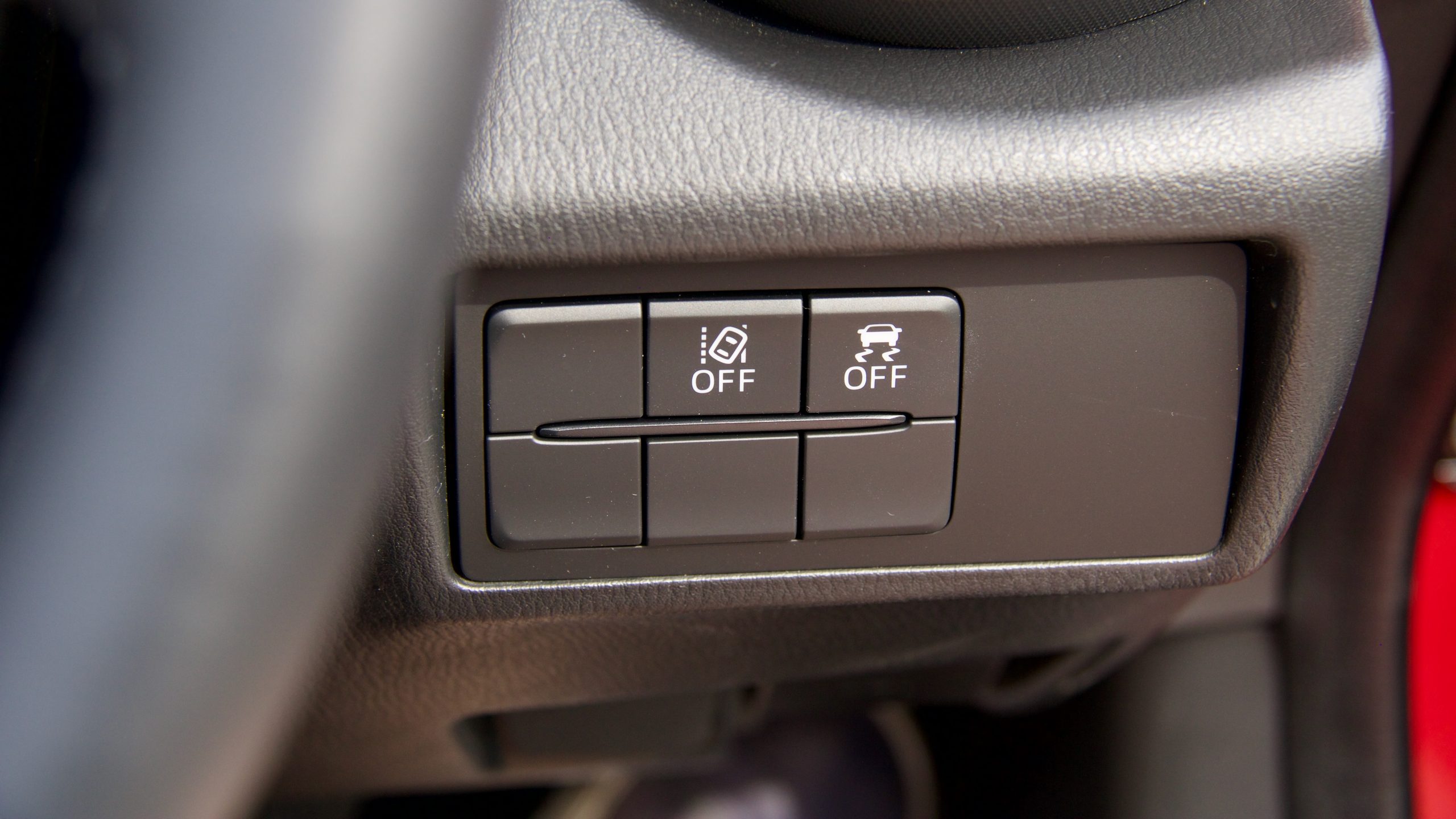
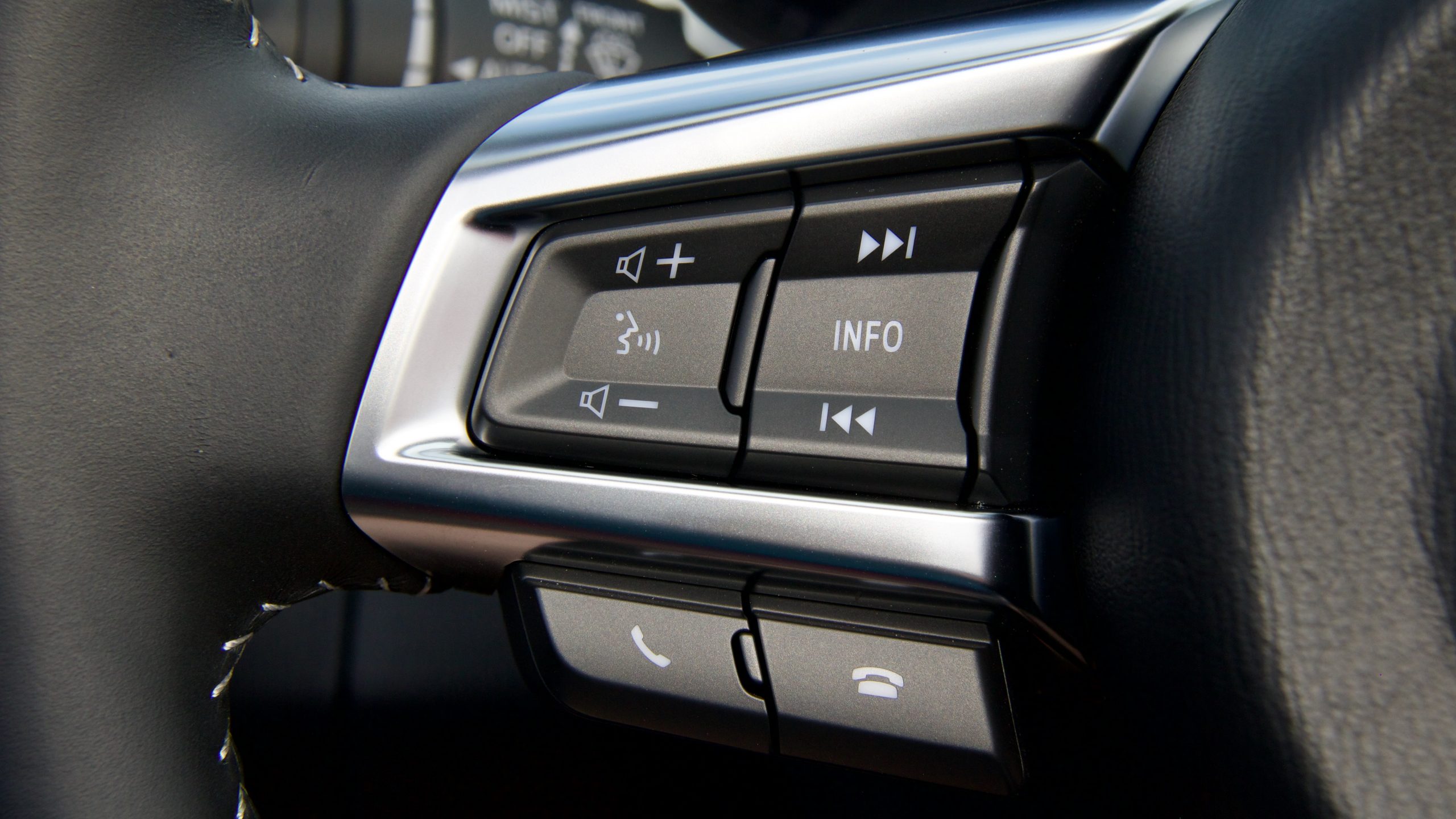
We consider the Toyota GR86 GTS (around $50,500 drive away) and Subaru BRZ S (around $45,000 drive away) to be the MX-5 GT RS’ main rivals. From the outset, the MX-5 GT RS has significantly more safety kit than either the GR86 or BRZ manuals with features like auto emergency braking (AEB), Matrix adaptive high beam and lane departure warning as standard. The MX-5 also has wireless Apple CarPlay, navigation and a thumping Bose sound system – features we think both the GR86 and BRZ should have.
But those features aside, we think that both the GR86 and BRZ are better value than the MX-5 because they feature kit like larger 18-inch wheels, dual-zone climate control, electric-folding mirrors and larger 8.0-inch touchscreens – let alone larger engines, two extra seats, a larger boot with folding rear seats, more performance and that they’re physically larger cars than the MX-5.
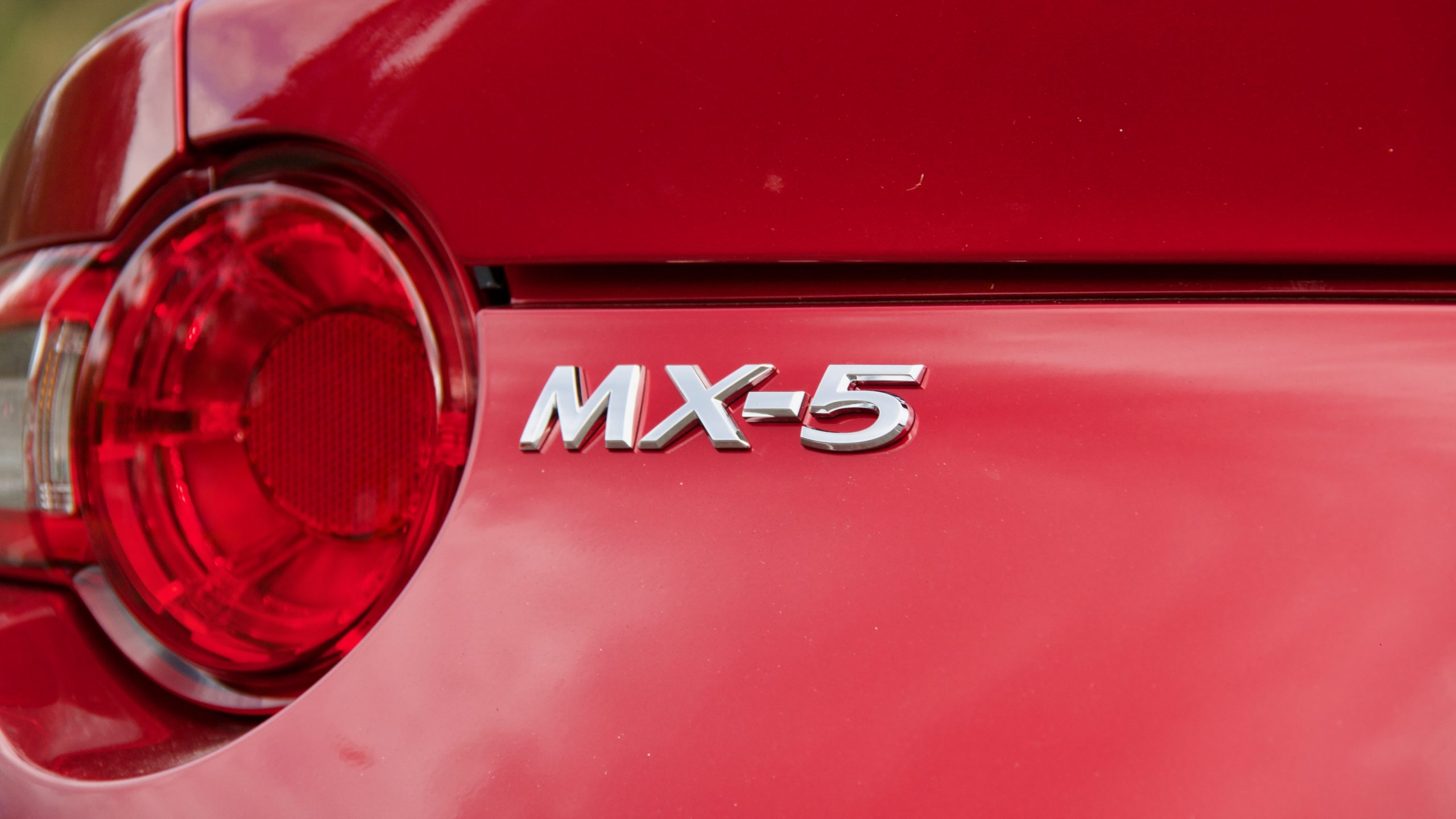
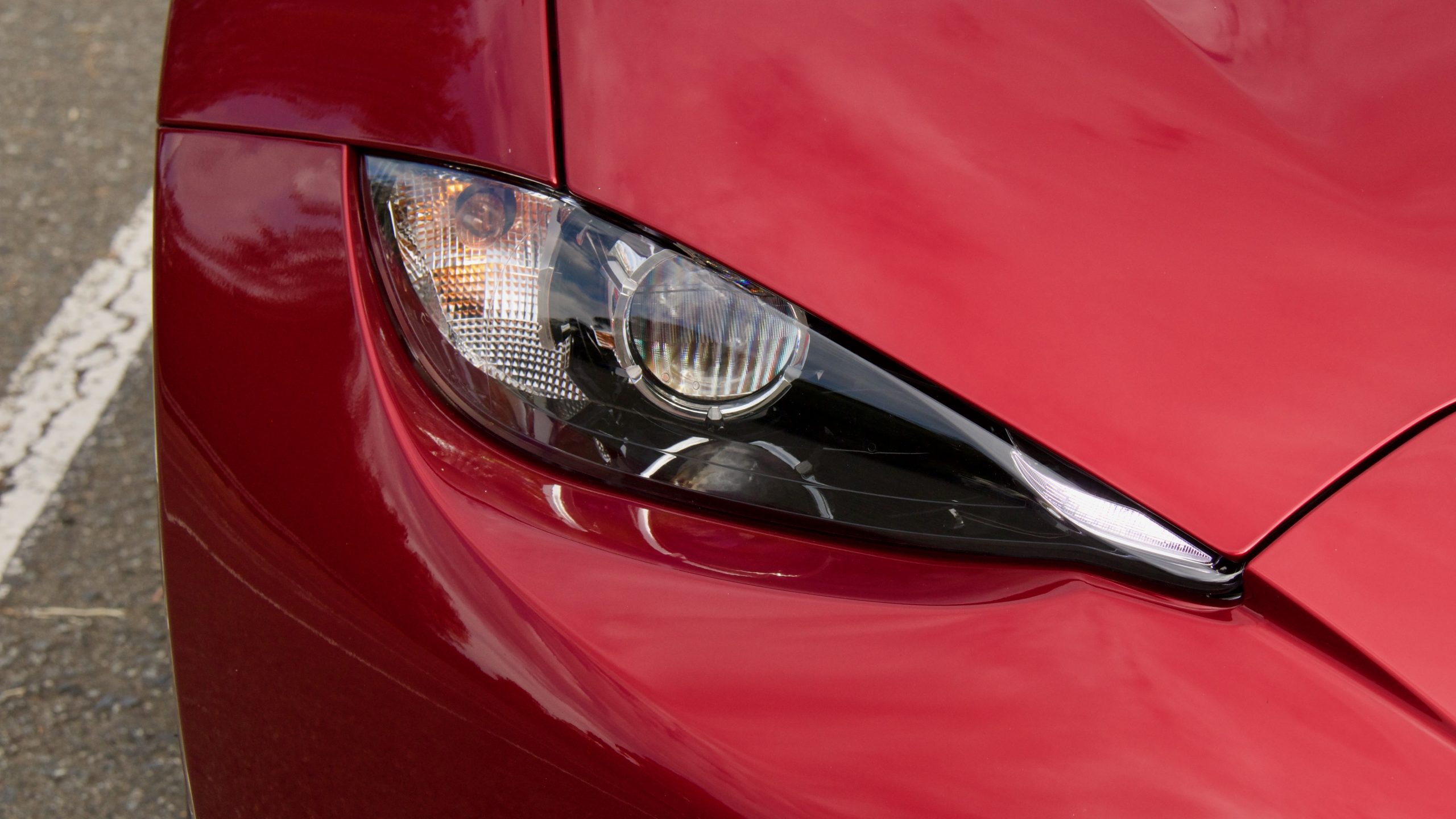
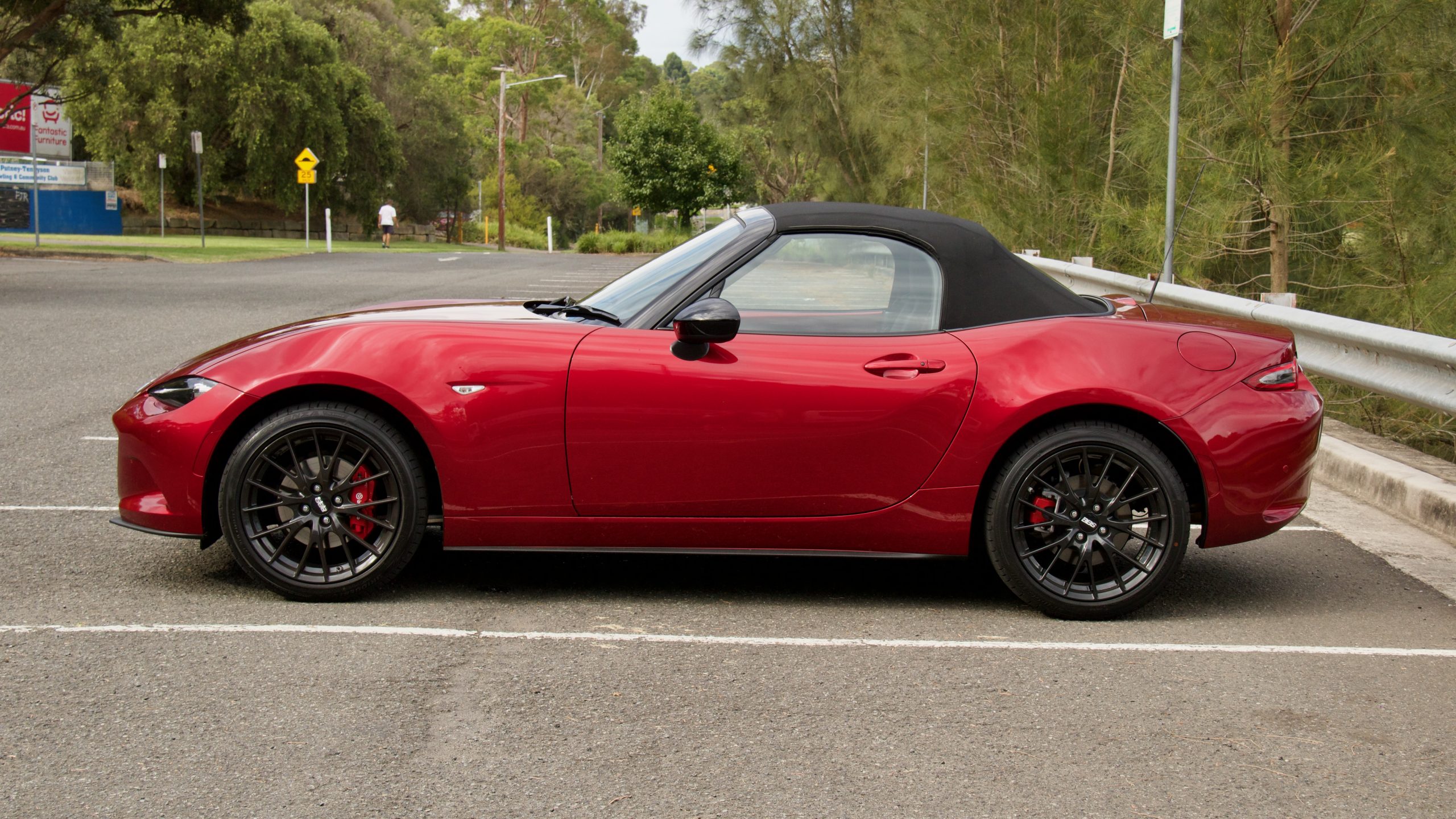
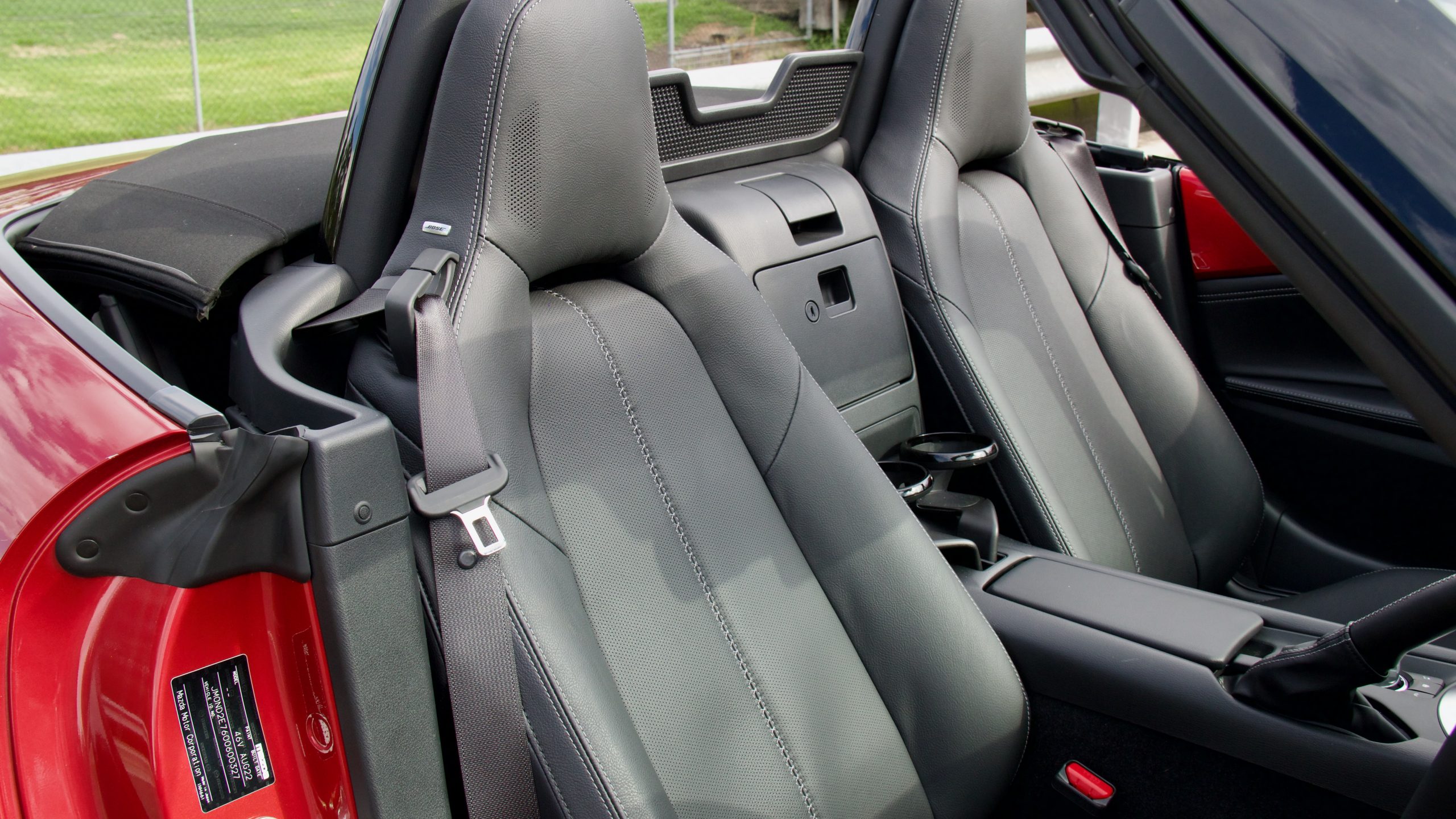
Yes, the MX-5 GT RS has kit like Bilsten dampers and Brembo front brakes, but the price difference between it and the BRZ (nearly $8,000) could buy these features on the aftermarket scene if need be. Ultimately, the MX-5 starts to get expensive with the GT RS and we’d save ourselves almost $10,000 and choose the entry-level MX-5, which still drives 99.9% the same for a lot less coin.
Performance & Economy: 9/10
Under the bonnet of the 2023 Mazda MX-5 range is a 2.0-litre four-cylinder petrol engine from the company’s ‘SkyActiv’ engine family. In this tune, it makes 135kW of power (at 7,000rpm) and 205Nm of torque (at 4,000rpm). As you’d expect for an MX-5, it sends power to the rear wheels and the sole transmission option for the GT RS is a six-speed manual.
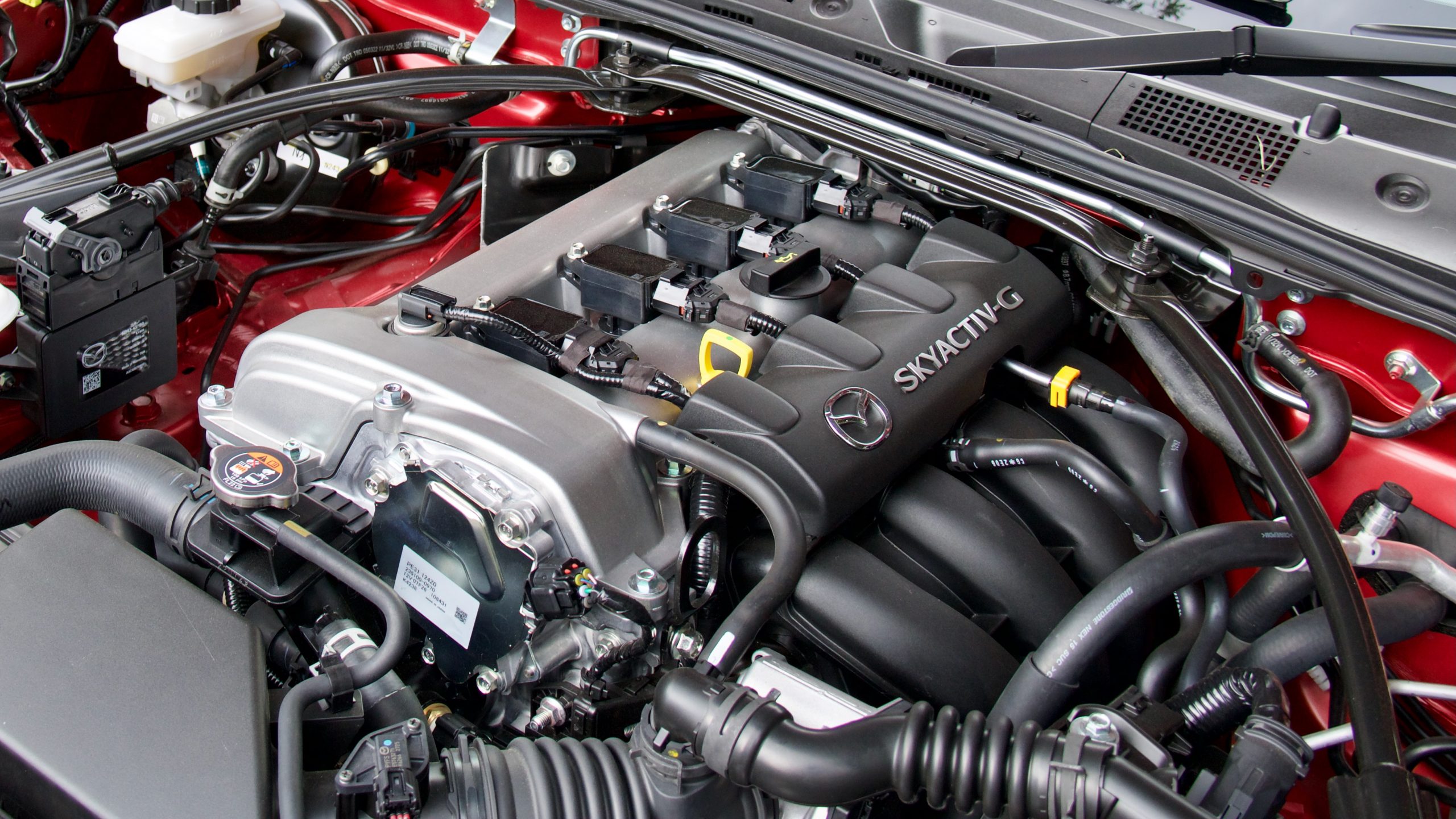
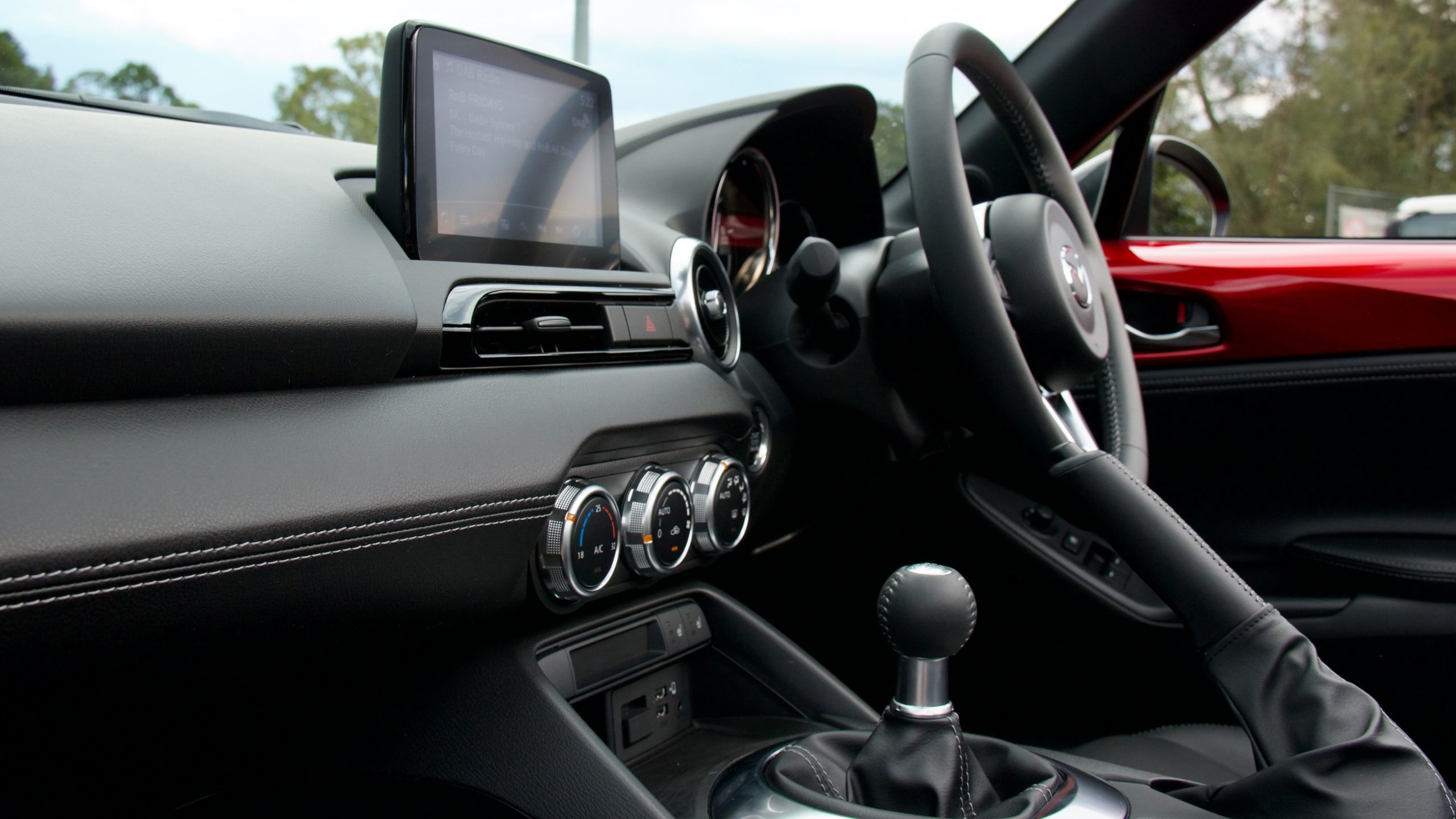
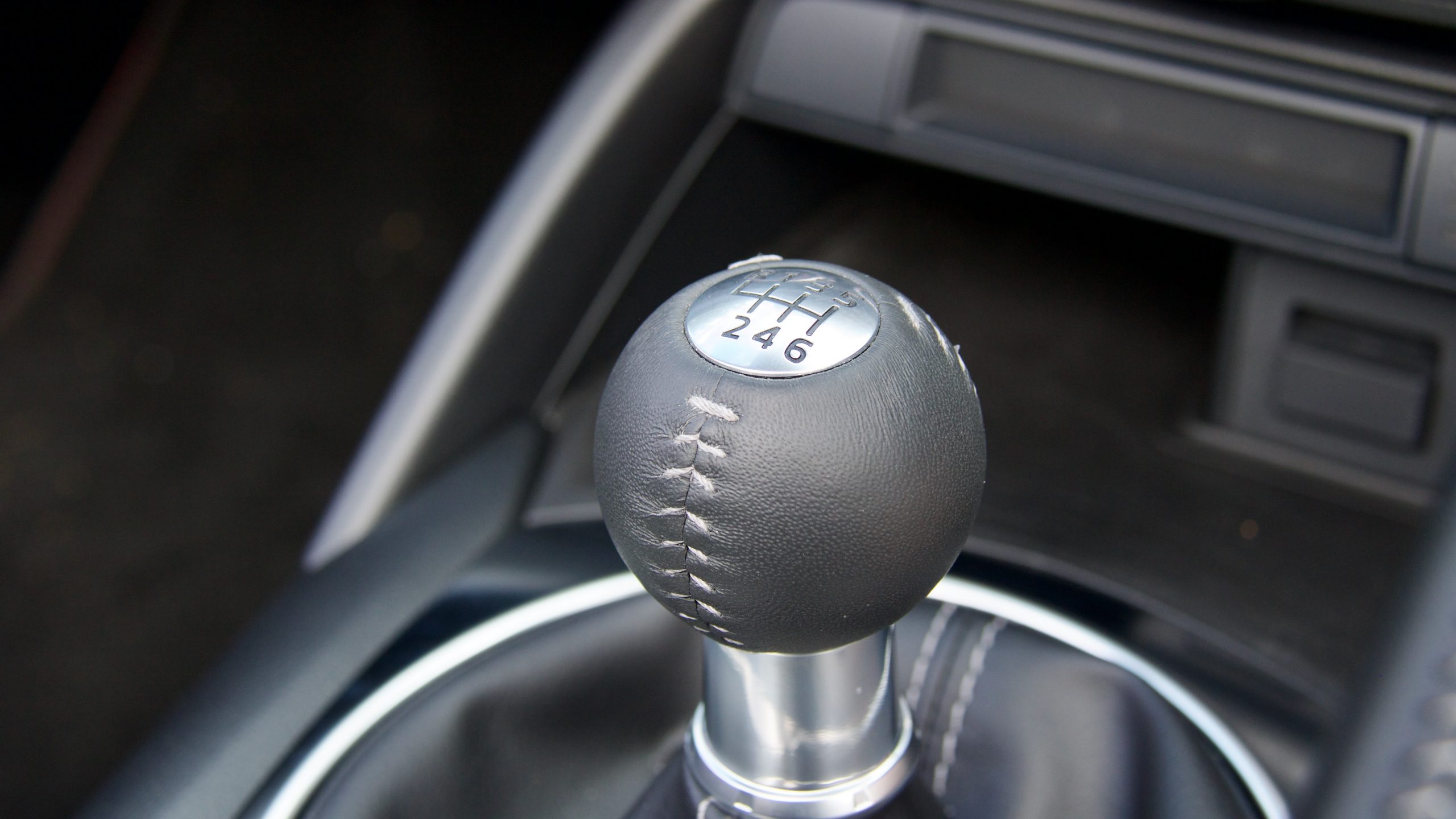
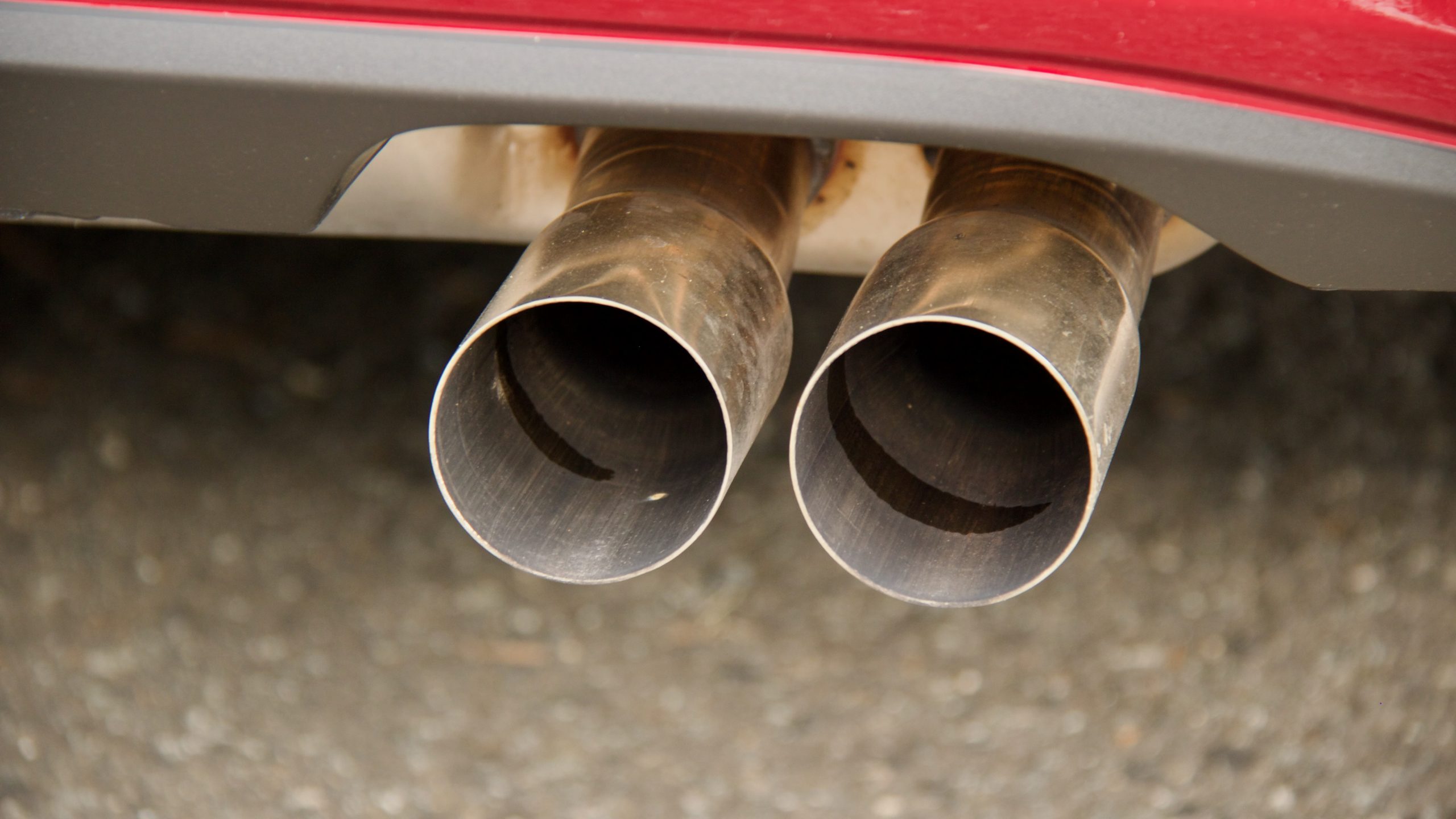
The MX-5’s engine received a power boost from 118kW in its mid-life update, as well as a higher rev limit that echoes the formerly-available base 1.5-litre engine and we think it’s all the better for it. Mazda Australia doesn’t quote a 0-100km/h sprint time, but overseas claims are around the 6.0-second mark, which feels on the ball and surprisingly quick in real life. More impressive is that the upgraded 2.0-litre engine sings all the way to its 7,500rpm red line with a nicely toned engine note.
We think that the six-speed manual transmission in the MX-5 GT RS is one of the best available on the market today. It’s beautifully simple to use, yet quite quick and communicative too – as you’d expect from a sports car like the MX-5. The clutch action is positive too, with a lot more feel than the clutch used in the GR86 and BRZ twins, making it easier to drive.
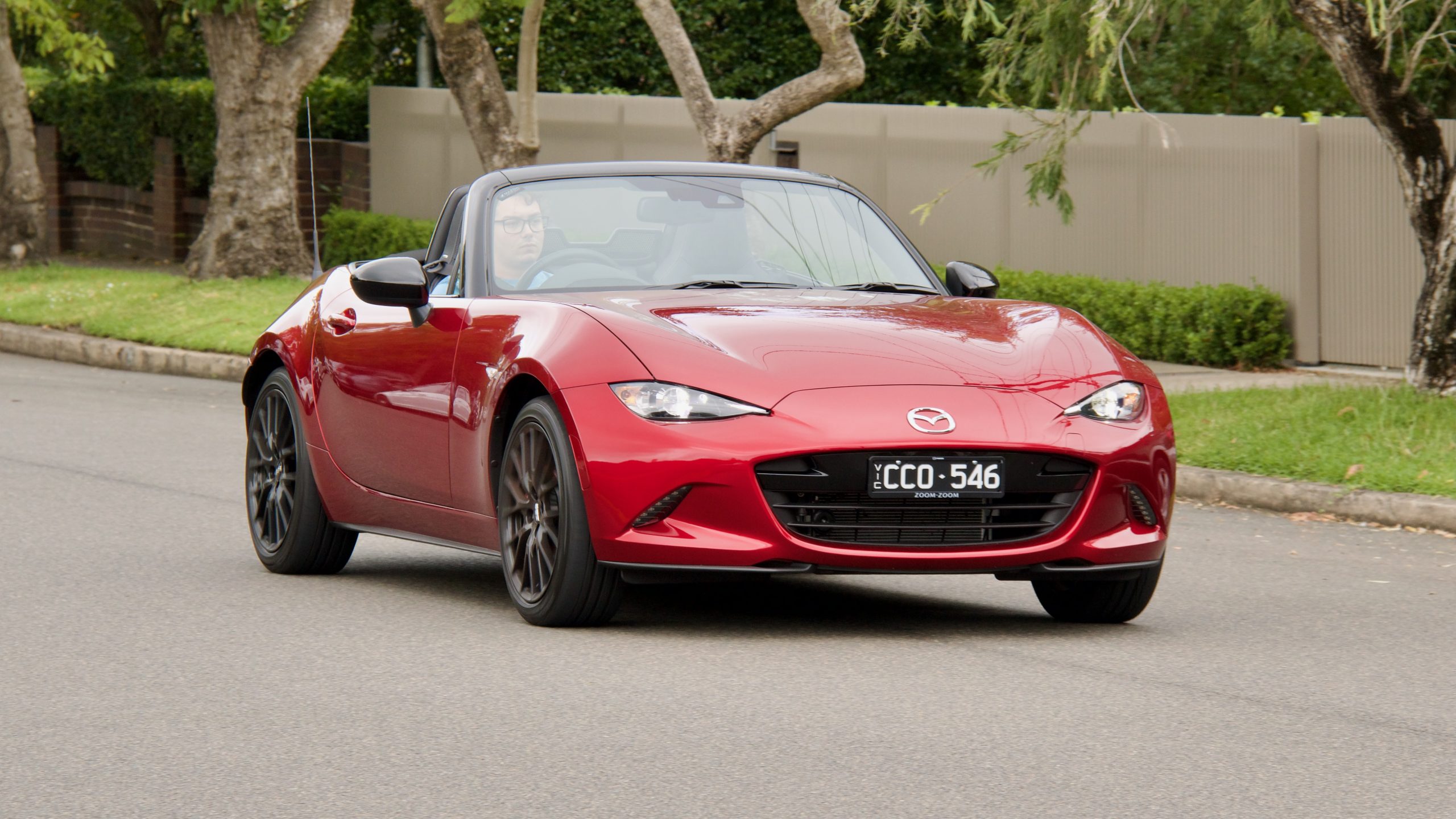
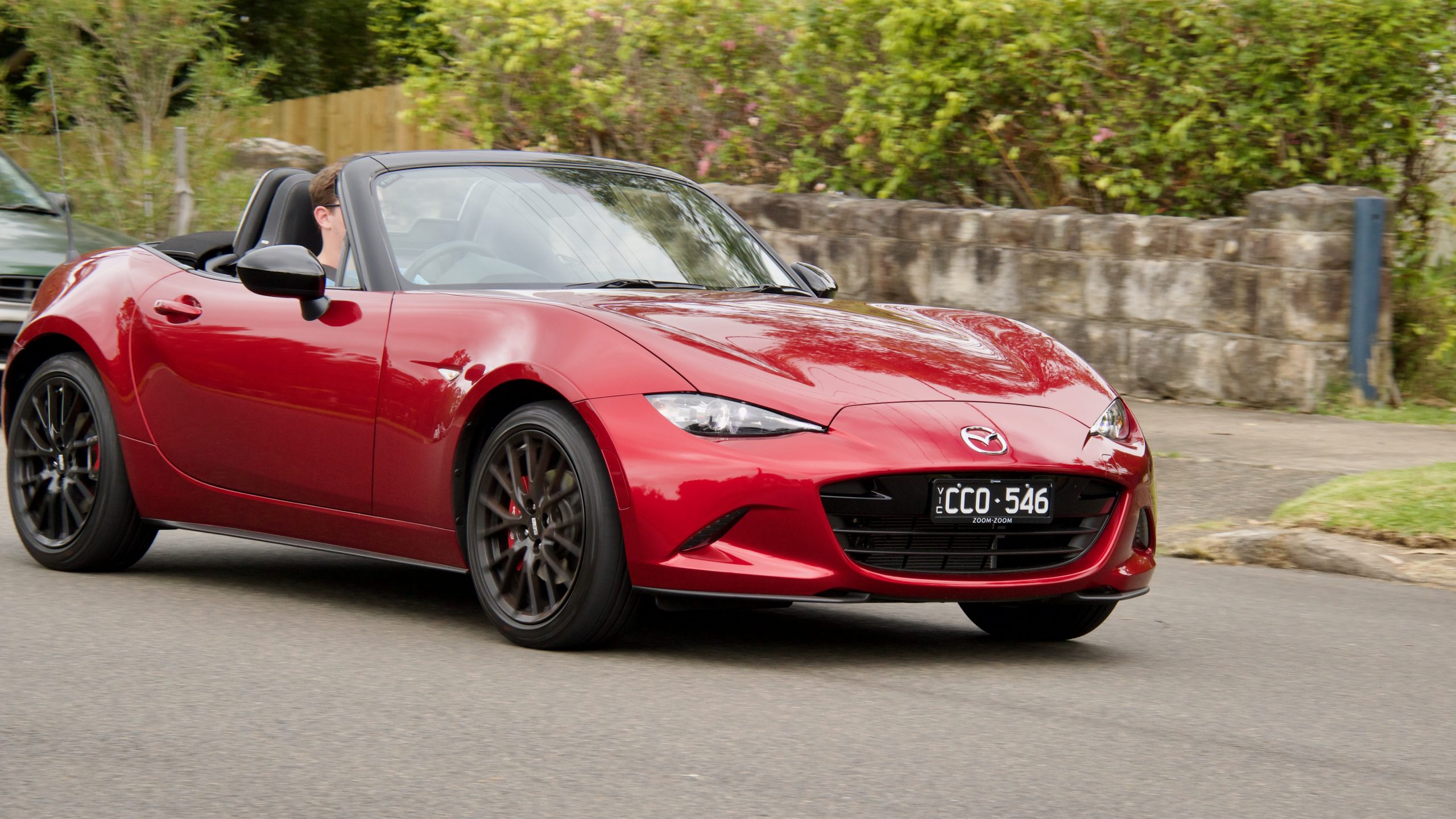
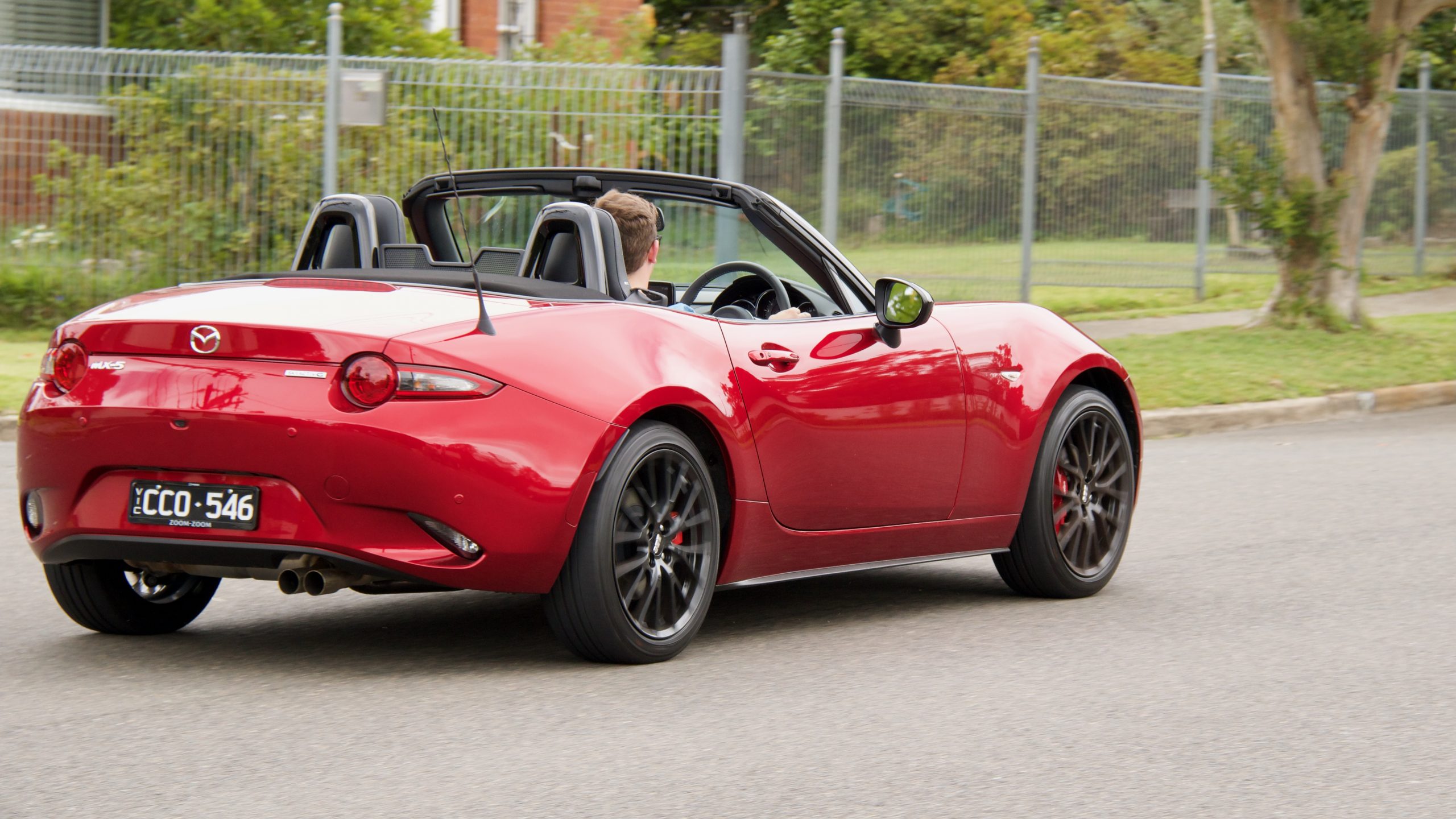
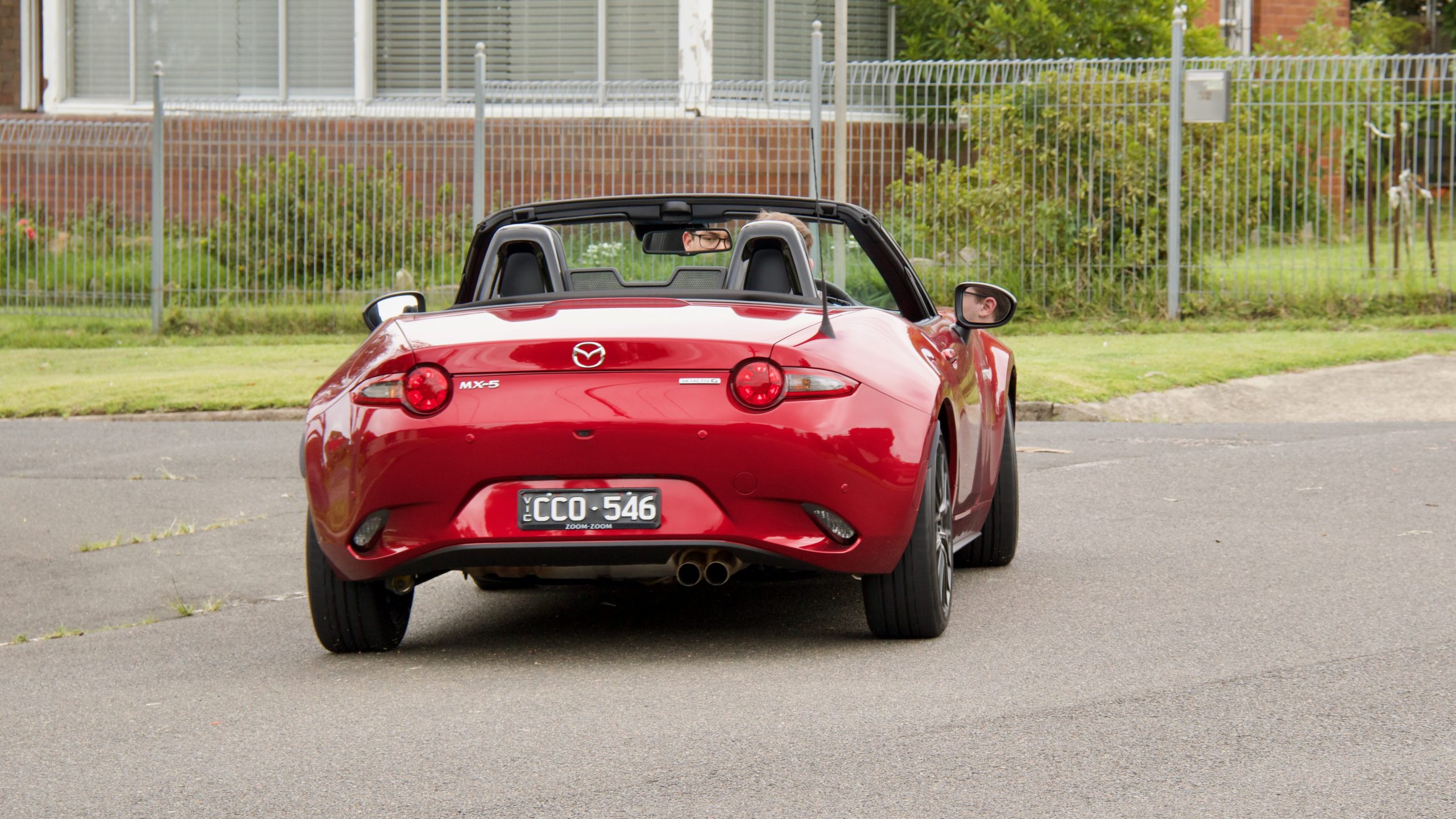
The claimed combined fuel consumption for the MX-5 roadster manual is 6.8L/100km, and we achieved 8.4L/100km in mostly urban driving – that’s low compared to the 9.5L/100km rating for the manual GR86 and BRZ twins. The MX-5 has a 45-litre fuel tank and uses minimum 95RON premium unleaded fuel.
Ride & Handling: 9.5/10
As you’d expect for a sports roadster, the 2023 Mazda MX-5 GT RS offers up a wonderful ride and handling balance, which is further refined by adding the RS part to the GT name – though not to a massive extent, if that’s what you’re after. The Bilstein dampers make the ride a smidge firmer than the regular GT, but it’s still entirely liveable. The Brembo front brakes take a hard punishment too, and in harder driving, didn’t suffer from any brake fade.
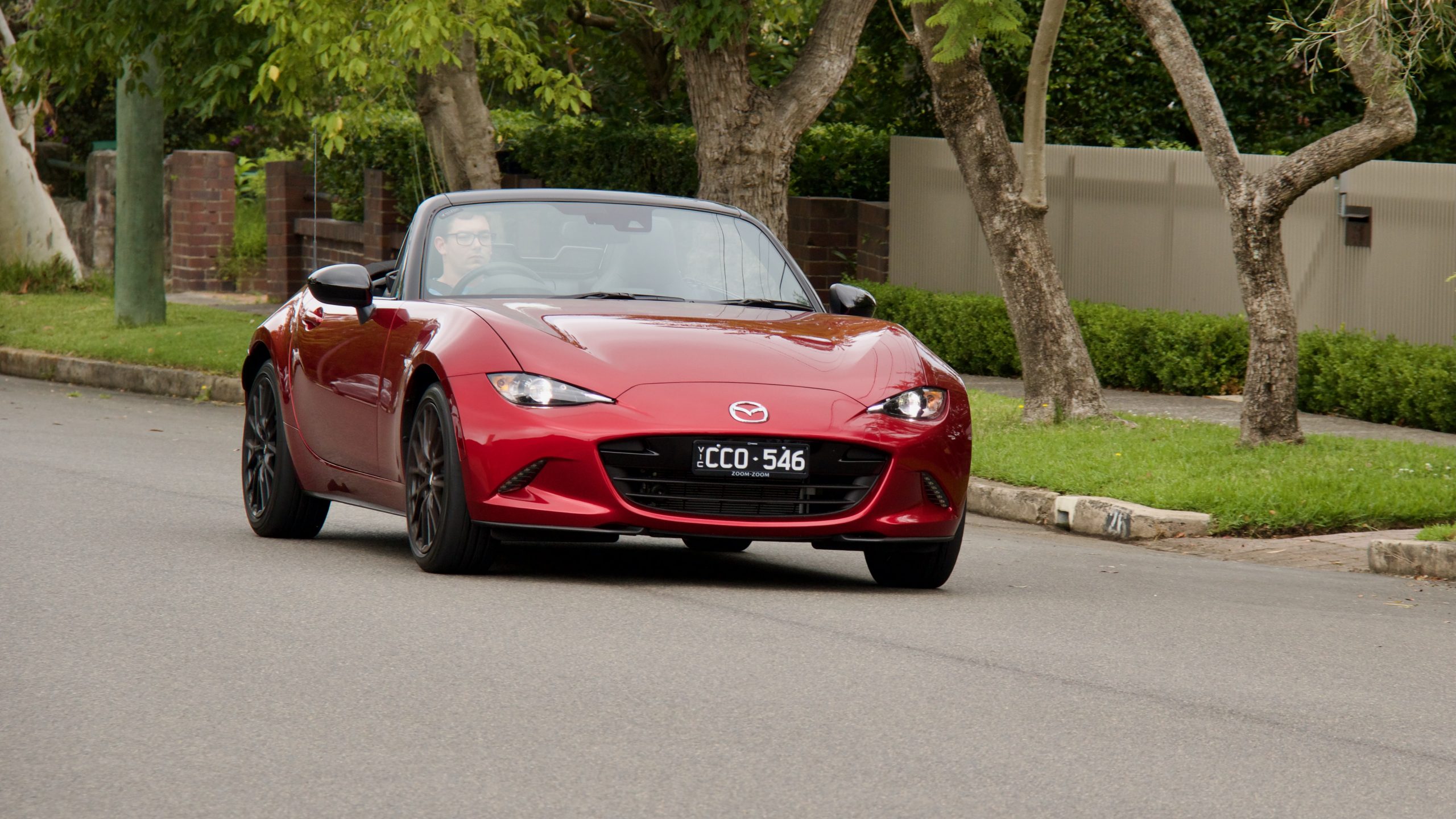
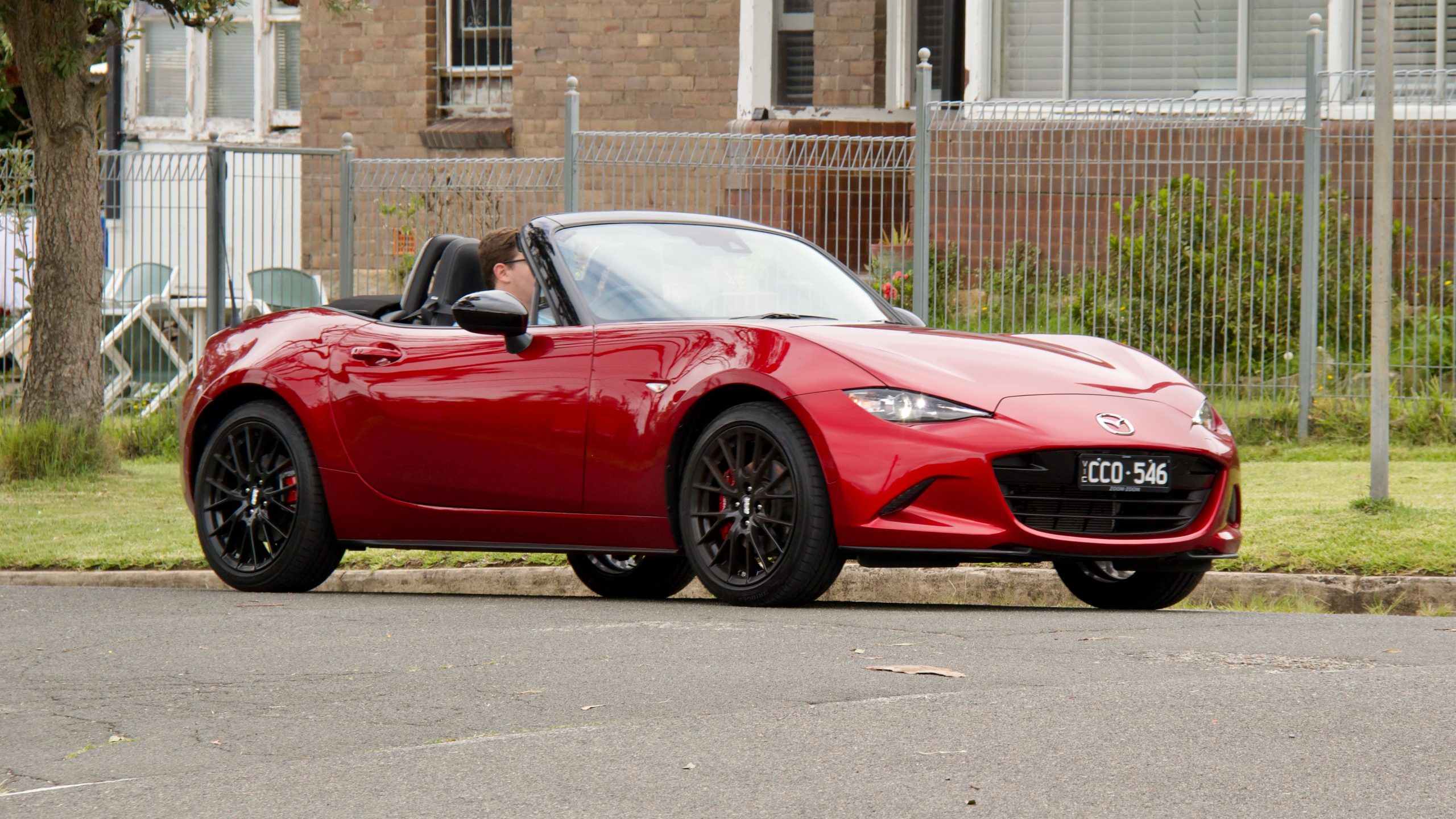
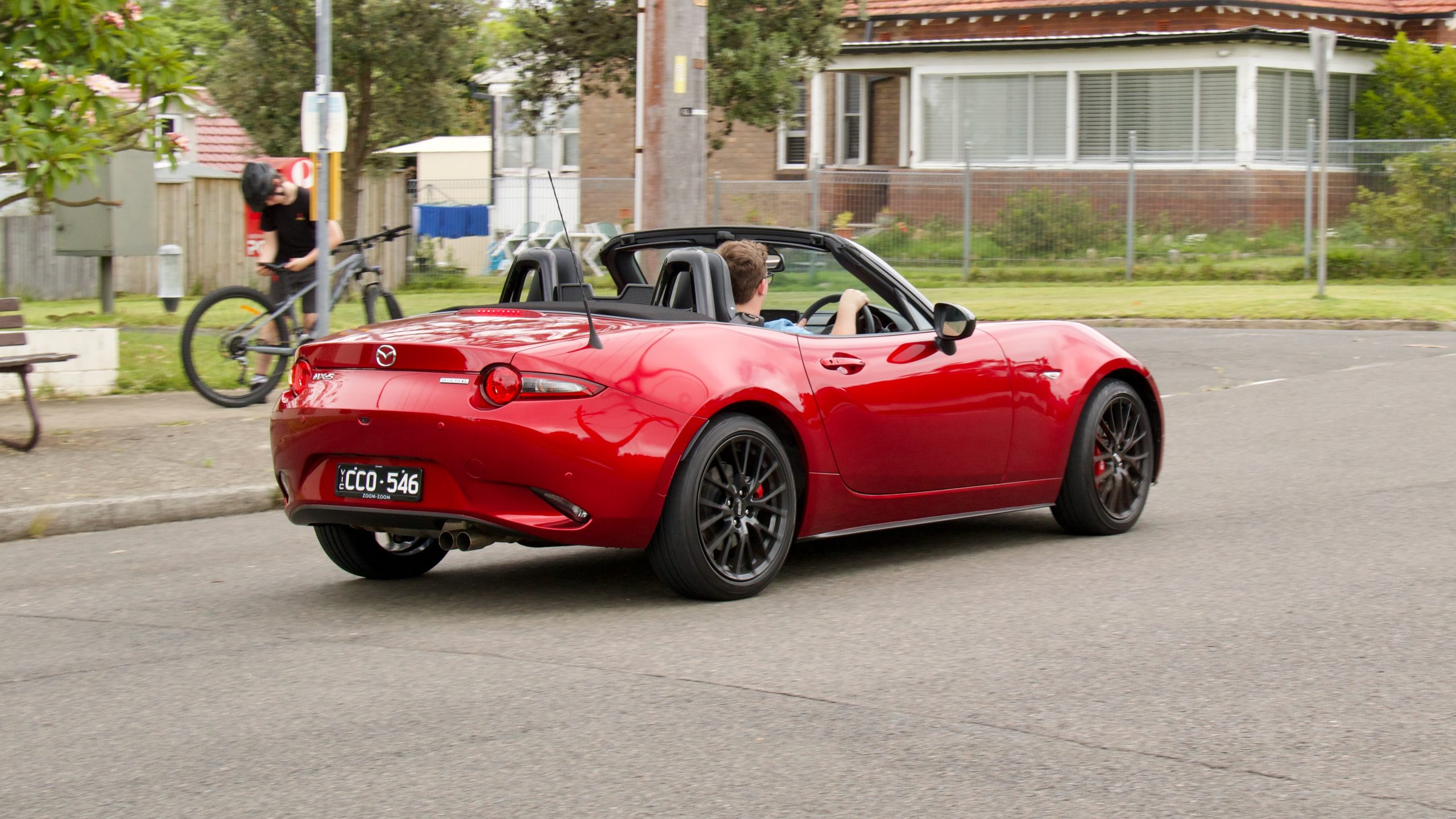
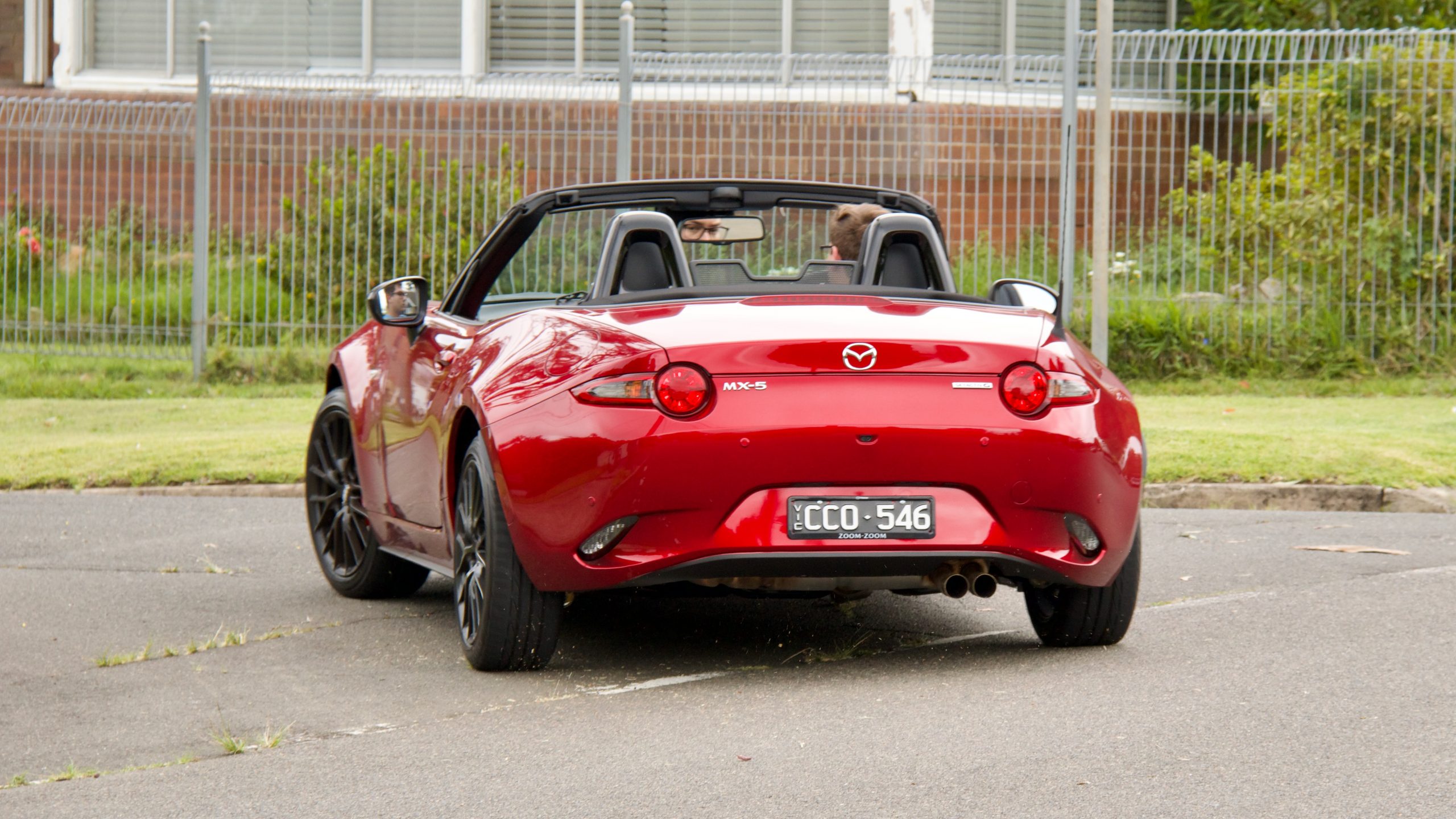
The steering offers a touch more feel than the regular GT thanks to the lighter BBS wheels, but we think it should have a bit more feel. The handling of the MX-5 is still wonderful though, with excellent balance and even though there’s a bit of body roll that’s been a feature of this generation of MX-5, it’s still quite quick in the corners. Having said that, we’d still like it to feel a bit firmer with more of a difference between the RS and GT, but it’s still a great car to drive. The inclusion of active safety tech like auto emergency braking and lane departure warning makes the MX-5 feel a safer and more modern too.
Interior & Practicality: 7/10
As with the rest of the MX-5 package, the GT RS doesn’t dramatically change the interior of the car – in fact, there’s no interior changes at all. That’s both good and bad – the MX-5’s cabin is a nice place to spend time thanks to good materials and a nicely minimalist layout, but we do wish the GT RS had introduced the overseas model’s Recaro seats to replace the flat seats that feature currently.
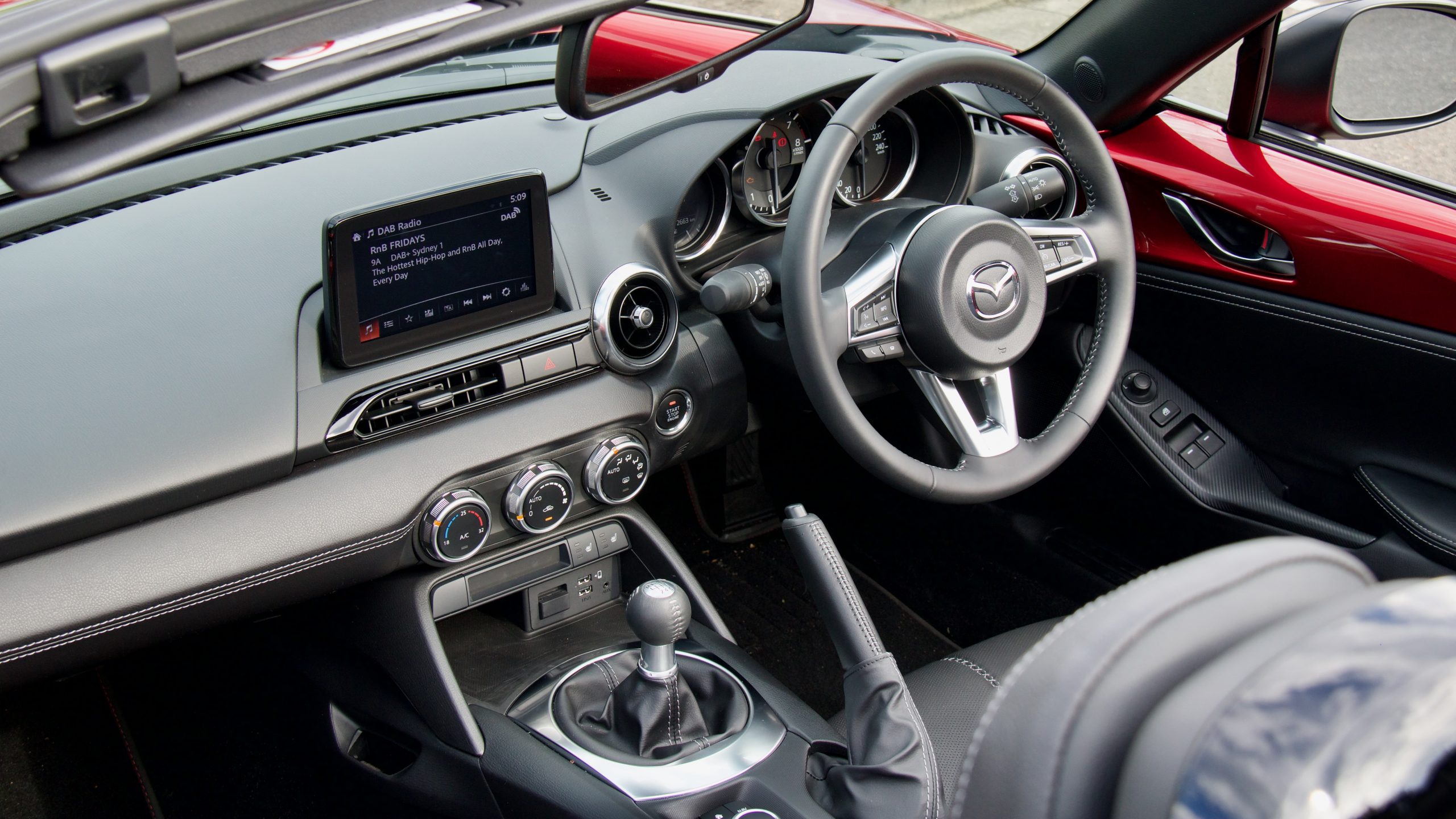
The material quality inside the MX-5 is reasonable. There are no soft touch surfaces – unlike the GR86 and BRZ – unfortunately, in the name of weight saving, but the mix of leather, plastic and chrome trims works quite well. We particularly like the stitched lower dashboard panel, as well as the leather-like door panels.
Being a small roadster, the cabin of the MX-5 is not the most capacious. There’s a small tray under the centre console stack to just fit this writer’s iPhone 14, a tiny centre console box, two cup holders in the middle of the seats (one can be moved to the side of the centre console) and three storage boxes: one behind each seat and one behind the cup holders in the centre.
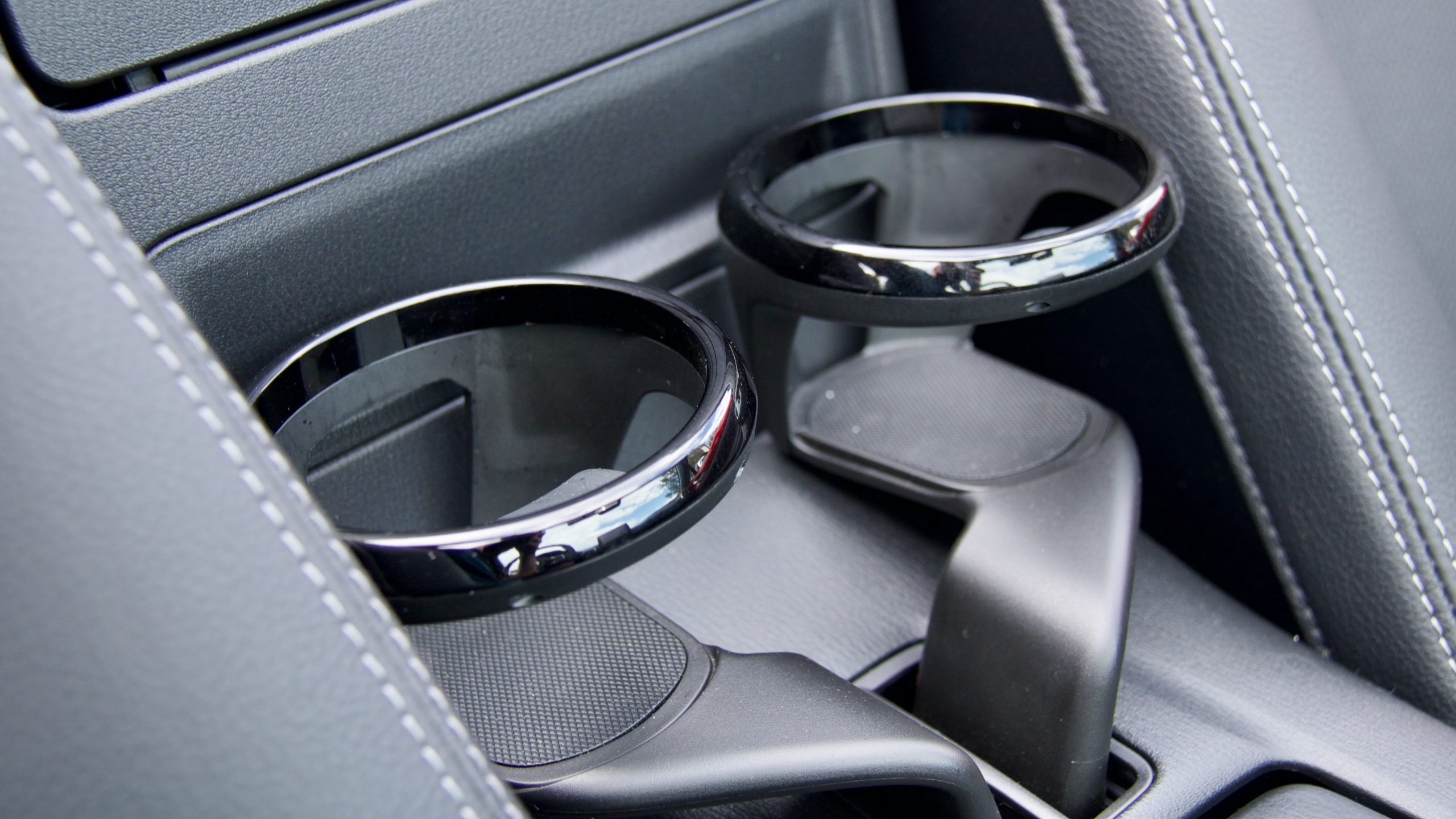
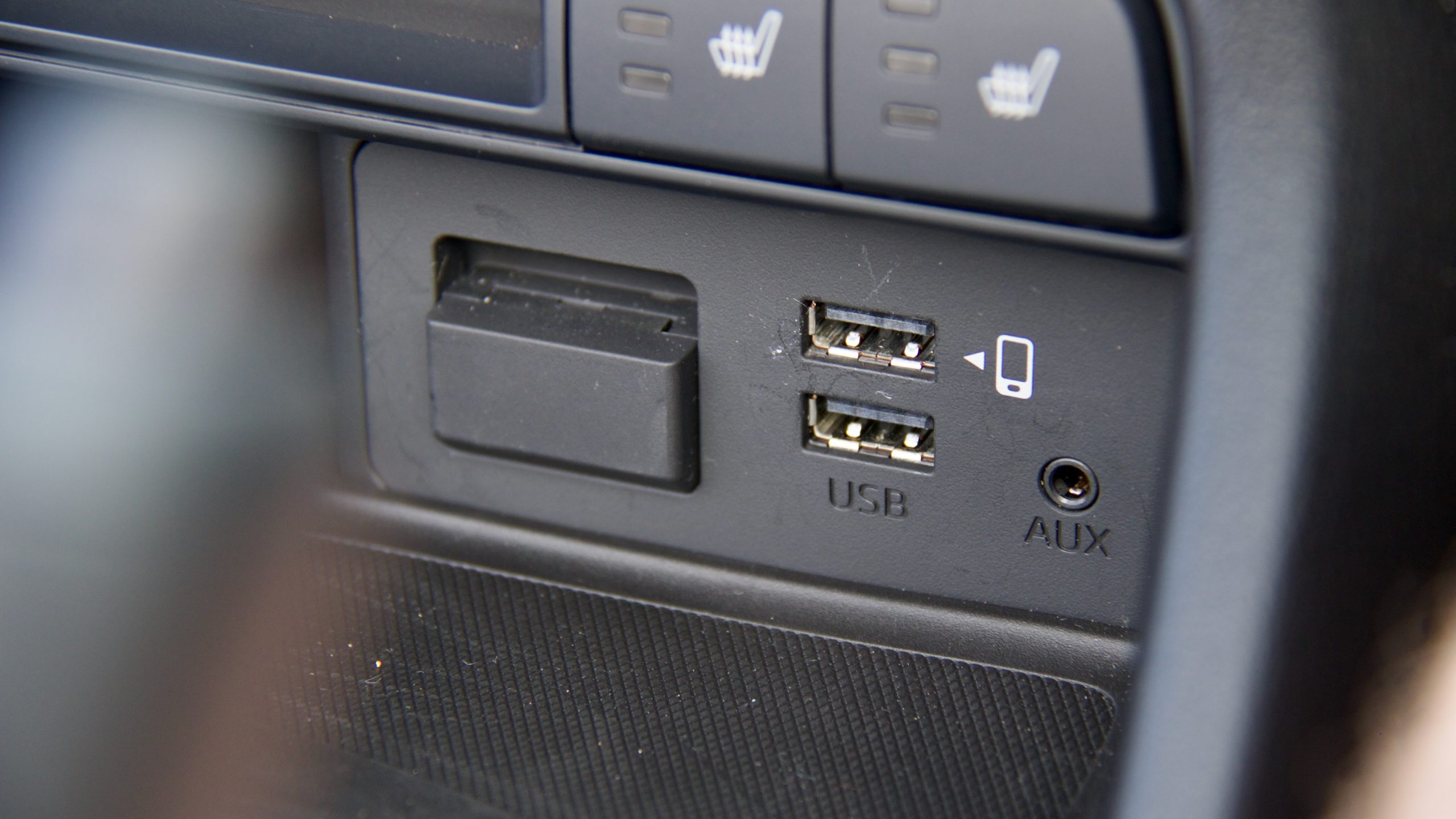
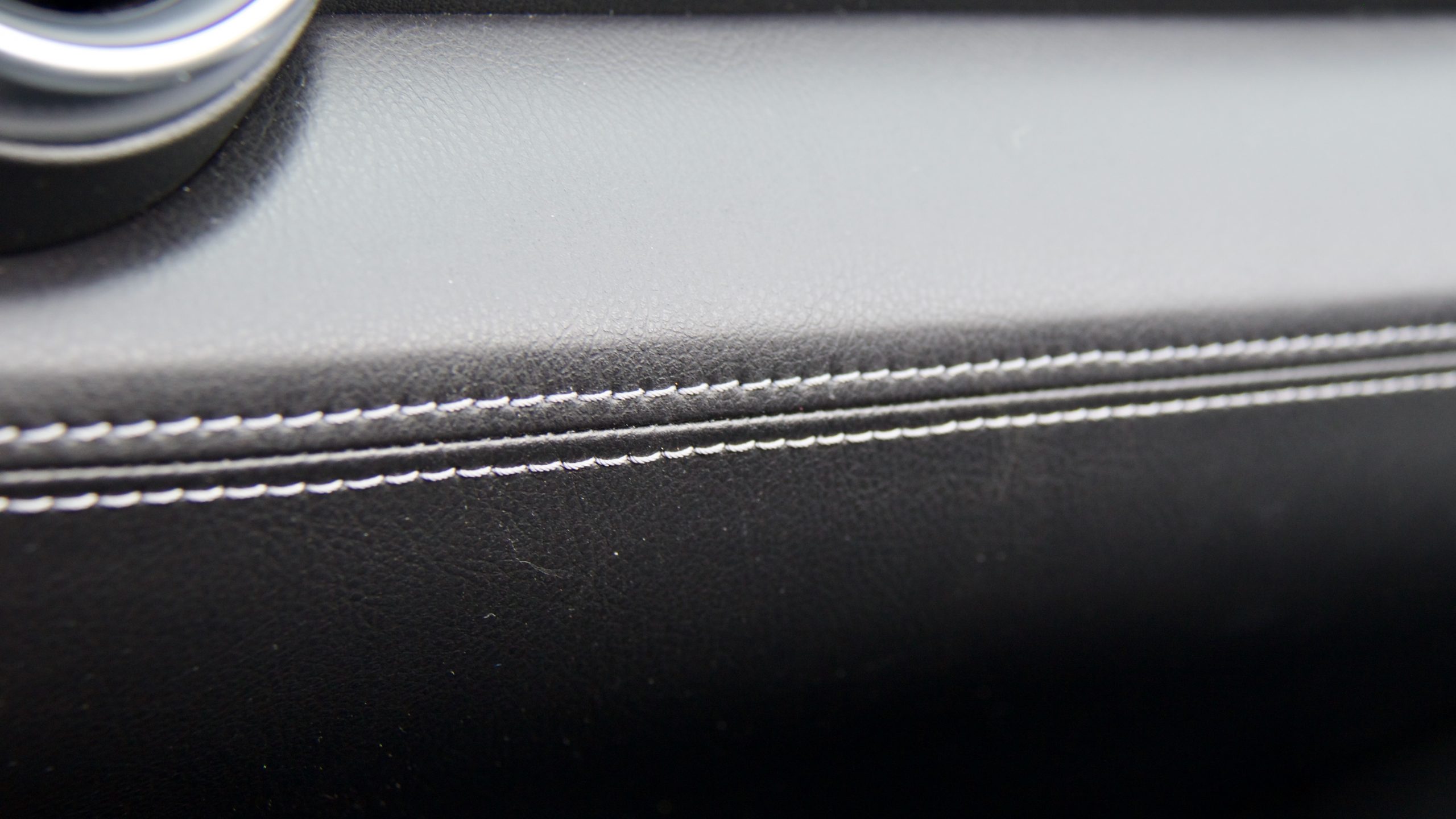
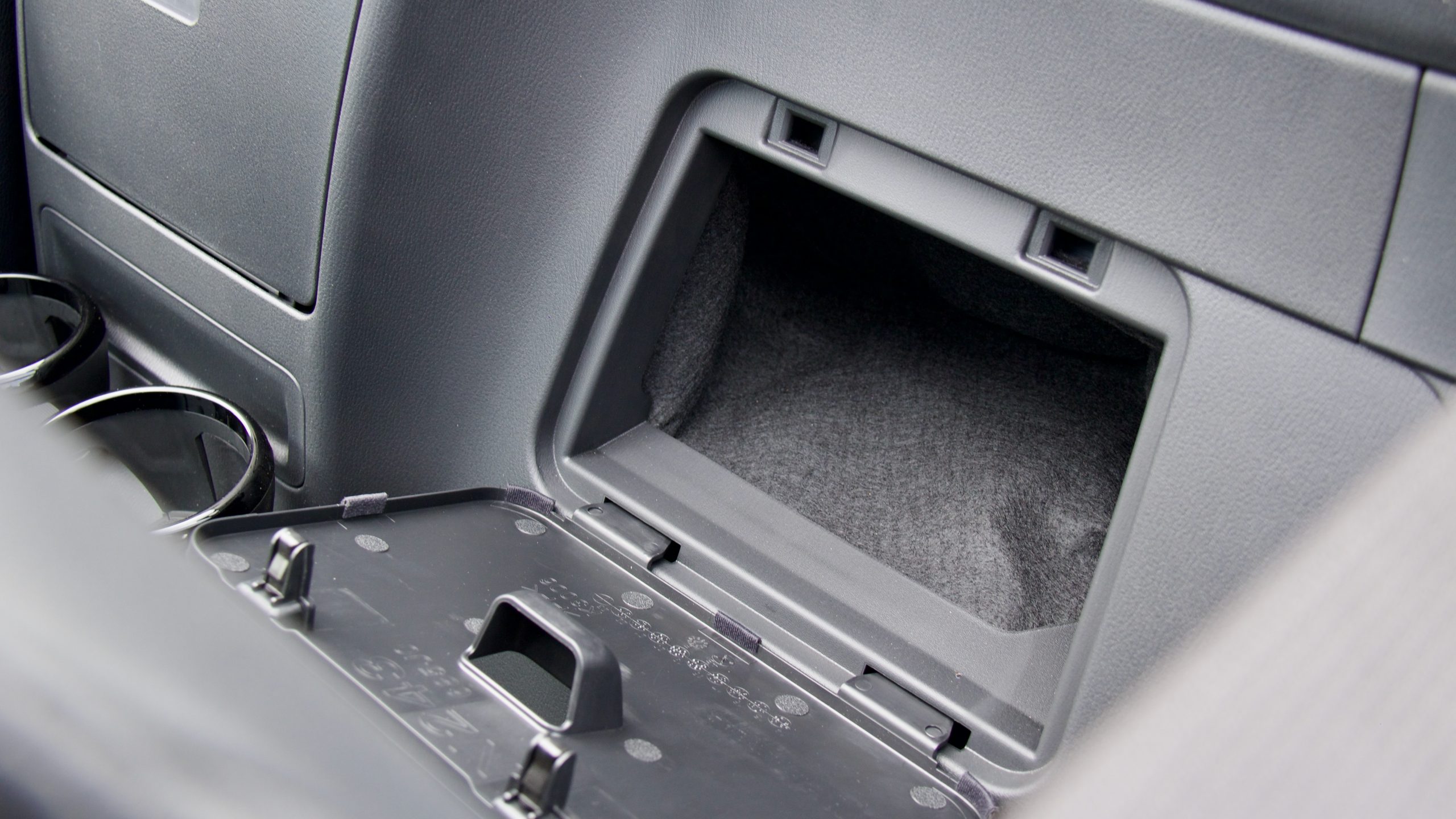
When the MX-5 was released, Mazda claimed the lack of storage was because of weight saving and fair enough, but would it really add much weight to add a glovebox or door pockets (which would increase storage a lot)? We doubt it. Both the GR86 and BRZ – although not the world’s most practical cars – employ traditional storage solutions like a glovebox, door pockets and a centre armrest box.
Centre of the interior is a 7.0-inch touchscreen (though only below 13km/h – otherwise it’s controlled via the wheel in between the seats) with wireless Apple CarPlay, wired Android Auto, digital radio and satellite navigation. The system uses Mazda’s older ‘MZD Connect’ software and while it looks a touch dated, it still works well and the addition of smartphone mirroring has made it more intuitive. The nine-speaker Bose sound system is fantastic too, especially with the two speakers in each headrest that add a real surround feeling and it’s significantly better than the basic stereos in the GR86 and BRZ.
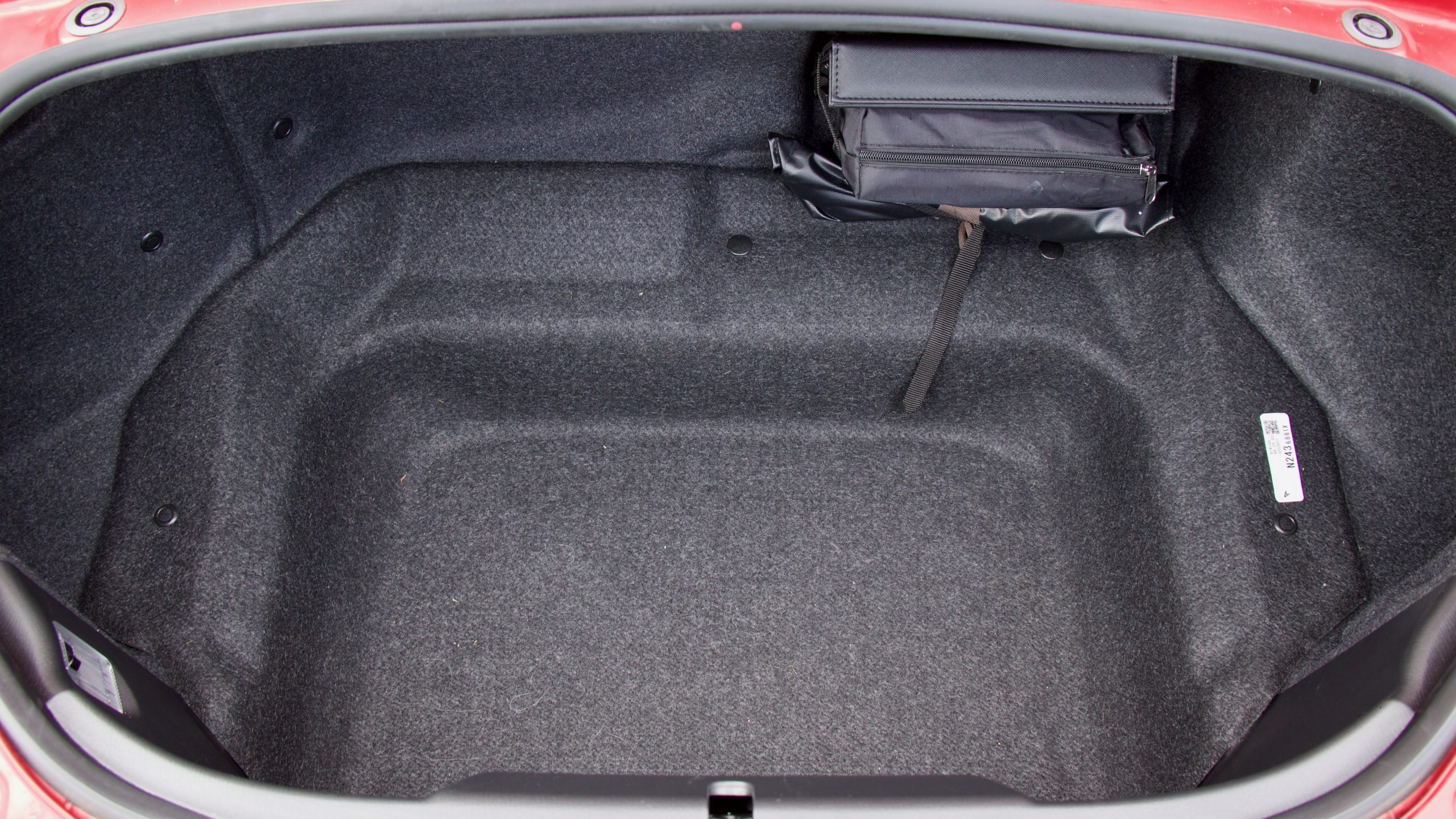
The boot of the MX-5 roadster measures just 130-litres – much less than the 237L boots of the GR86 and BRZ that can be expanded by folding the rear seat – with nothing in the way of hooks or nets to hold fragile items in place. It’s a small space, so packing for weekends away might need consideration. There’s also no spare wheel or even a tyre repair kit – lucky the MX-5 has tyre pressure monitoring.
Service & Warranty: 8/10
As with other new Mazda products, the MX-5 is equipped with a five-year/unlimited km warranty with five years of roadside assistance. The MX-5 now has longer 15,000km/yearly service intervals and five years/75,000km of servicing costs $2,114 ($422 per service).
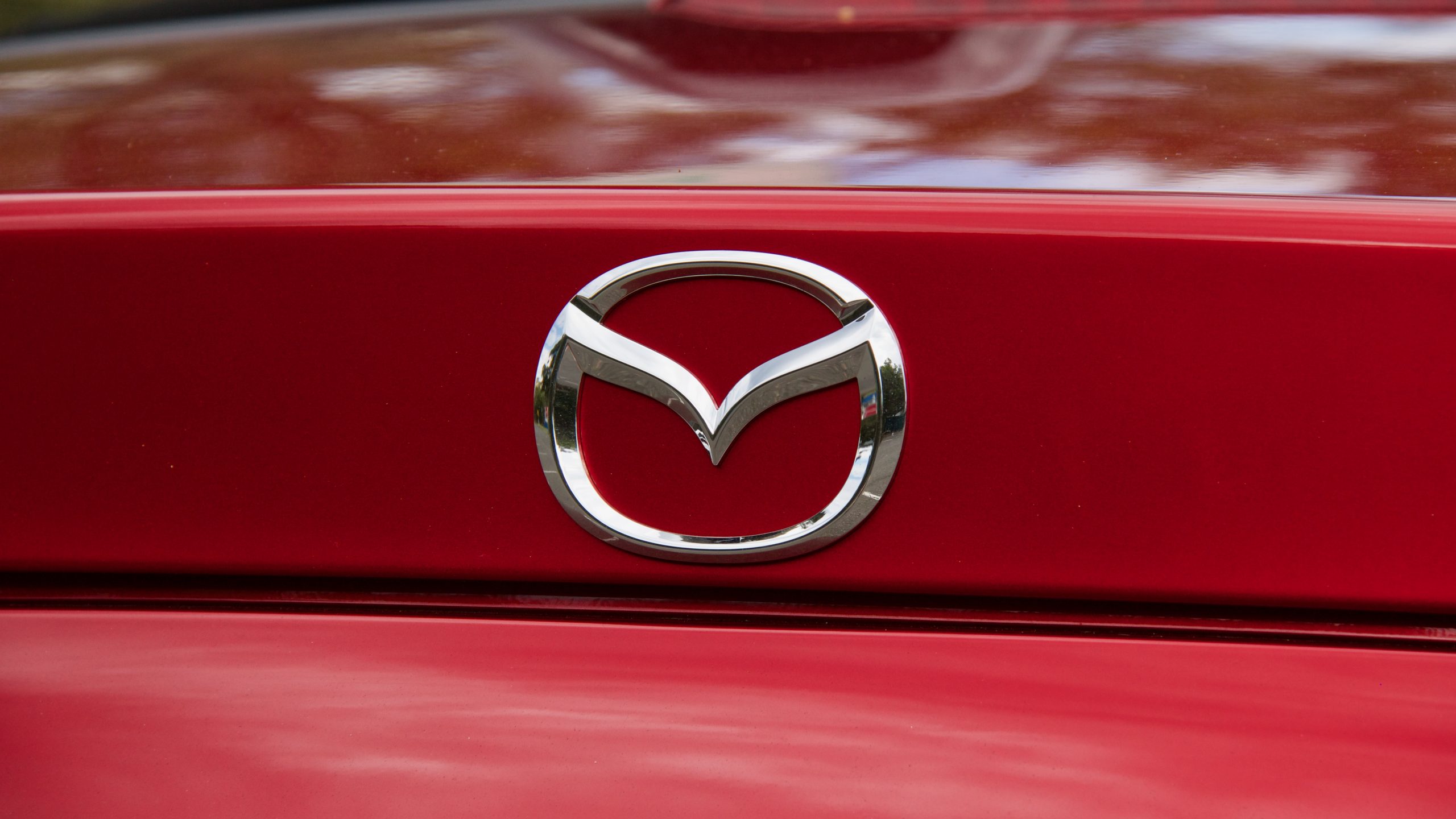
Both Toyota and Subaru also offer five-year/unlimited km warranties with their new cars, with Subaru giving 12 months of roadside assistance and Toyota giving none at all. Both the GR86 and BRZ employ the same 15,000km/yearly service intervals as Mazda, with the GR86 costing $1,500 ($300 per service) and the BRZ costing $2,390 ($478 per service) over the same five year period.
The 2023 Mazda MX-5 GT RS Roadster DiscoverAuto Rating:
As you’d expect, the 2023 Mazda MX-5 GT RS is a lovely car that puts a big smile on your face, no matter the situation. It’s bloody fun from behind the wheel, it looks great, it’s got lots of character, the roof operation is very simple and very fast, the sound system is great, the engine is peppy and the gearbox is sublime to use. It both A) takes us back to a time where cars were simpler (yet still offers most of the technology features we expect from modern cars) and B) reminds us that not everything is an SUV.
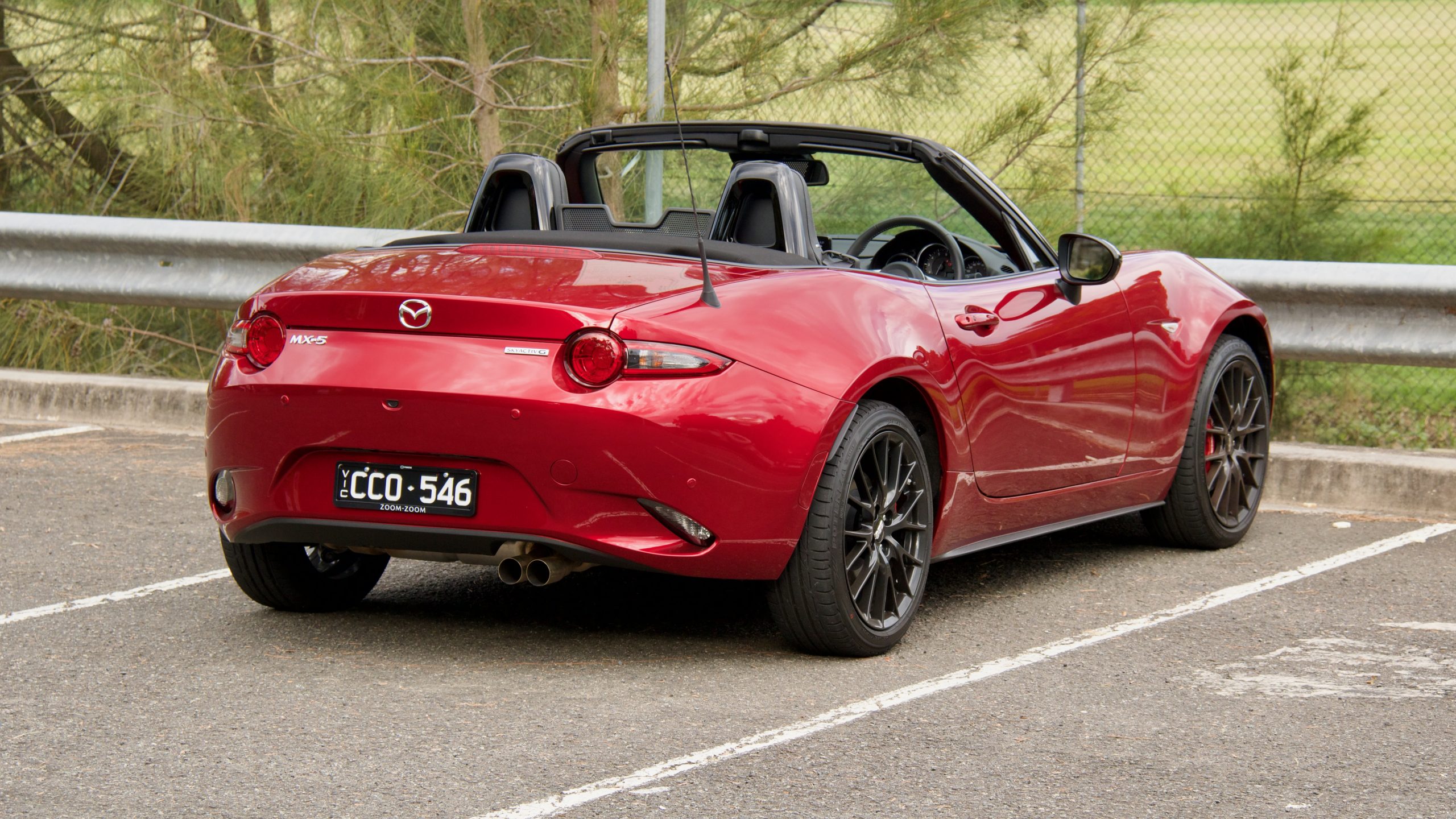
Of course, it isn’t perfect – it’s expensive in comparison to its main rivals, the cabin is not practical, there’s no digital speedometer, the RS parts don’t transform the MX-5 like you’d expect them to and its seats are flat. But those negatives quickly fade when you’re driving it with the roof down on a great bit of road with the Bose stereo turned up loud. Overall, it’s easy to see why Mazda has sold so many since it was released and we think that Mazda should be selling as many as it can build.
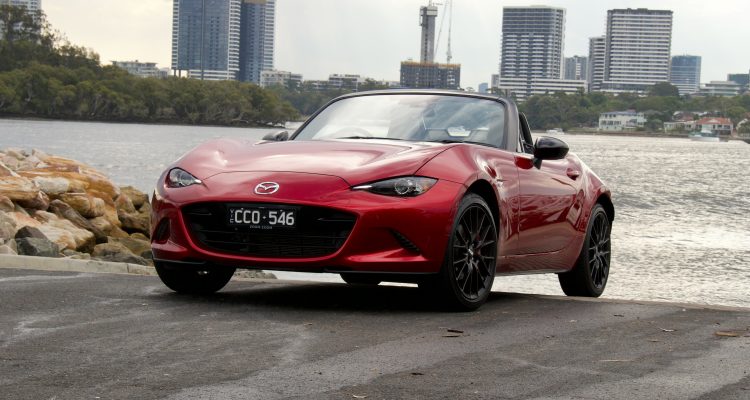
Personally i’d rather buy a 2020 Volkswagen Golf R. I found one advertised with a popular mild tune and exhaust upgrade putting out around 280KW with the panoranic sunroof and upgraded audio system options for around the same money.
I have owned many performance cars and years ago I would have agreed with this comment. The Golf R is more powerful, more practical. One car only? Golf R. But the MX5 offers something more special particularly if you have other cars in the driveway. Drop the top, find some twisty roads and have some fun. The Golf R might be faster and fun in its own way, but it is a different sort of fun.